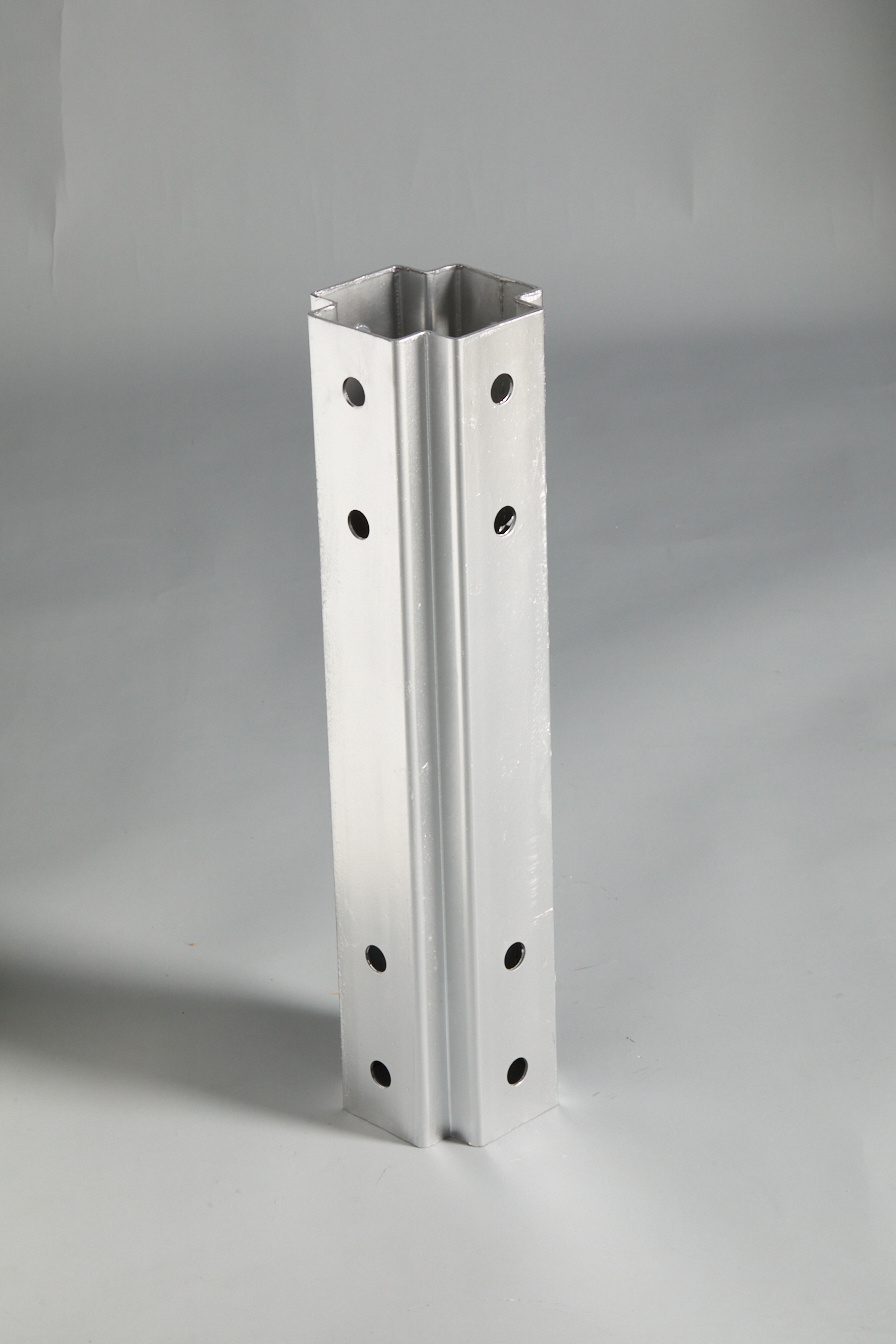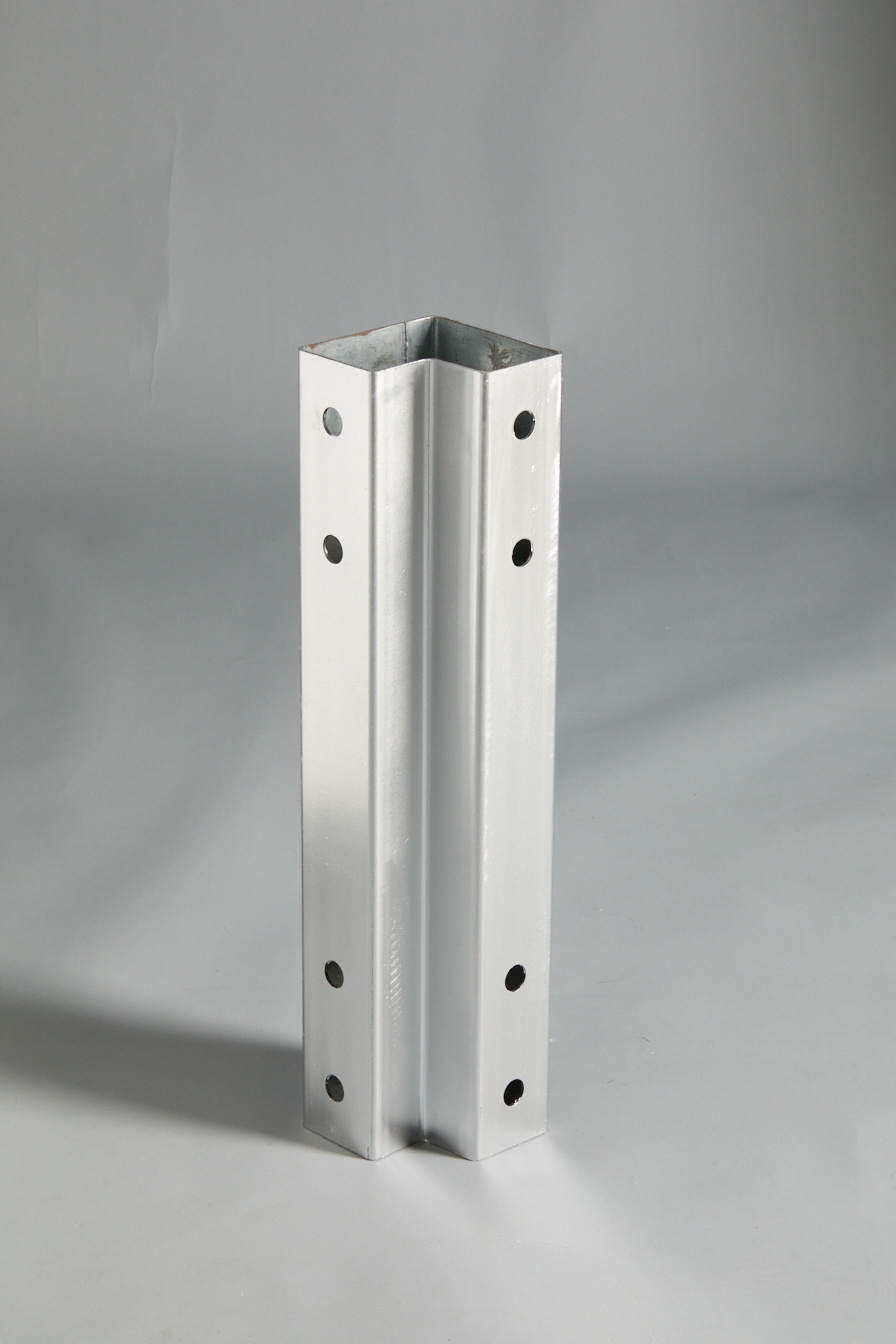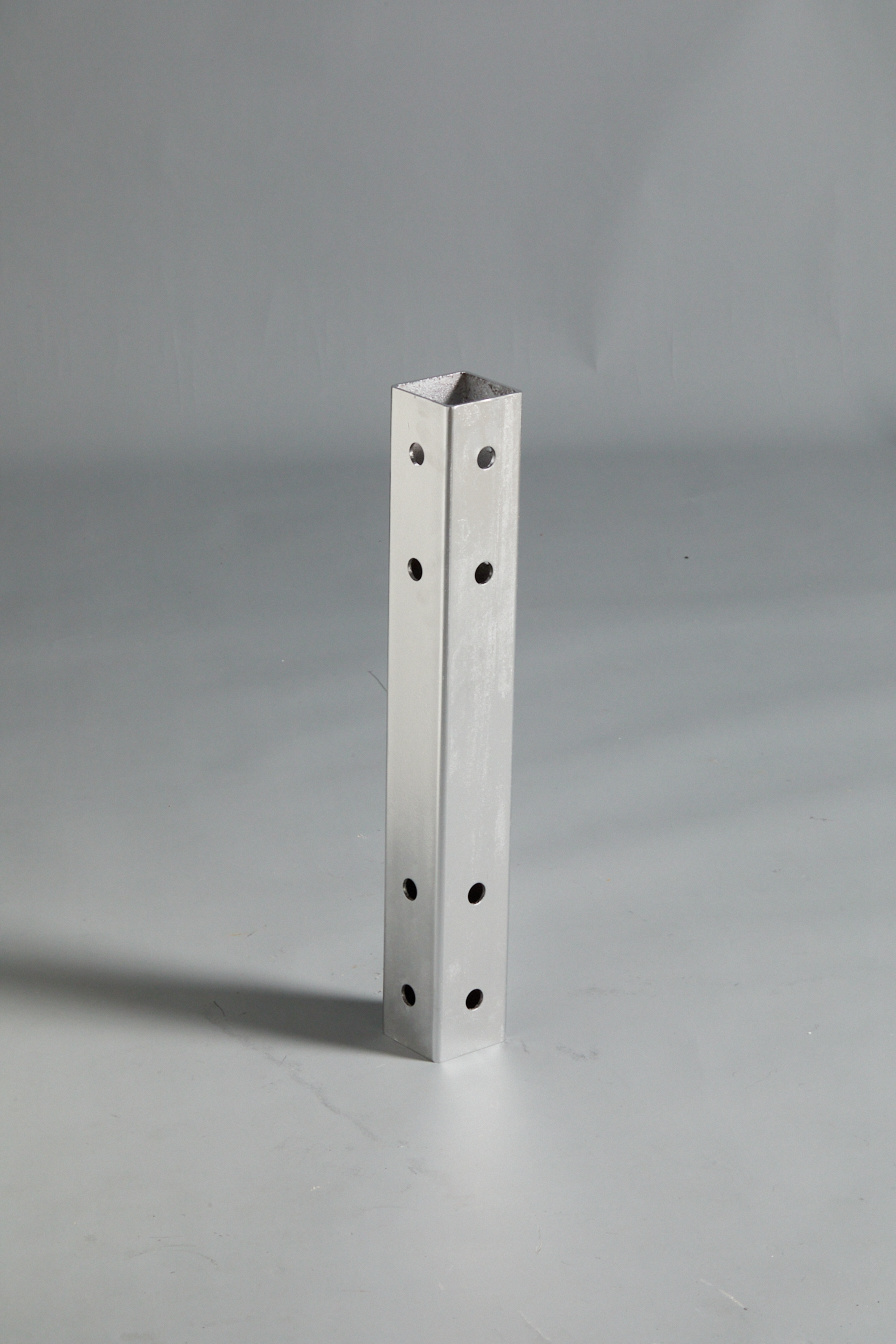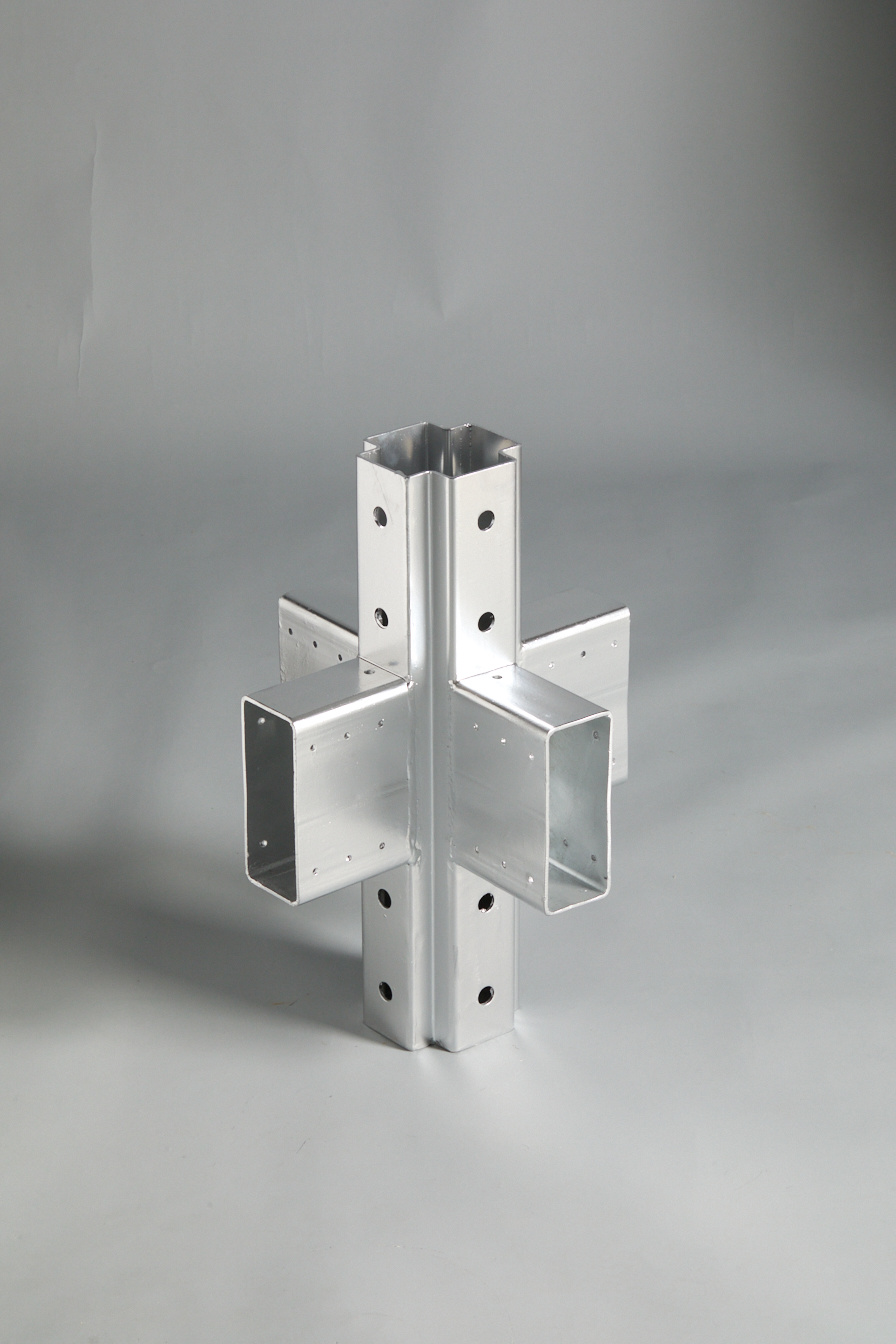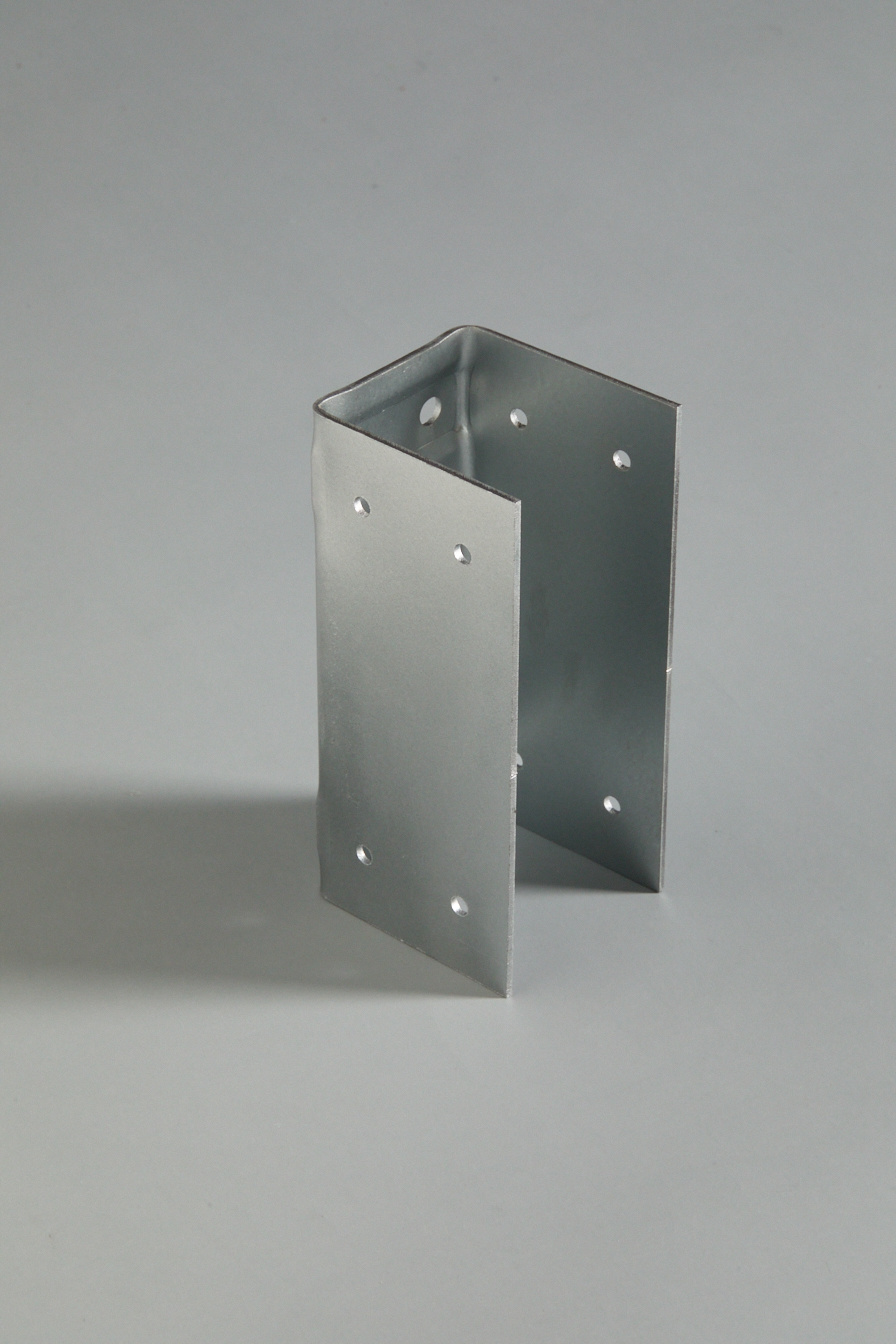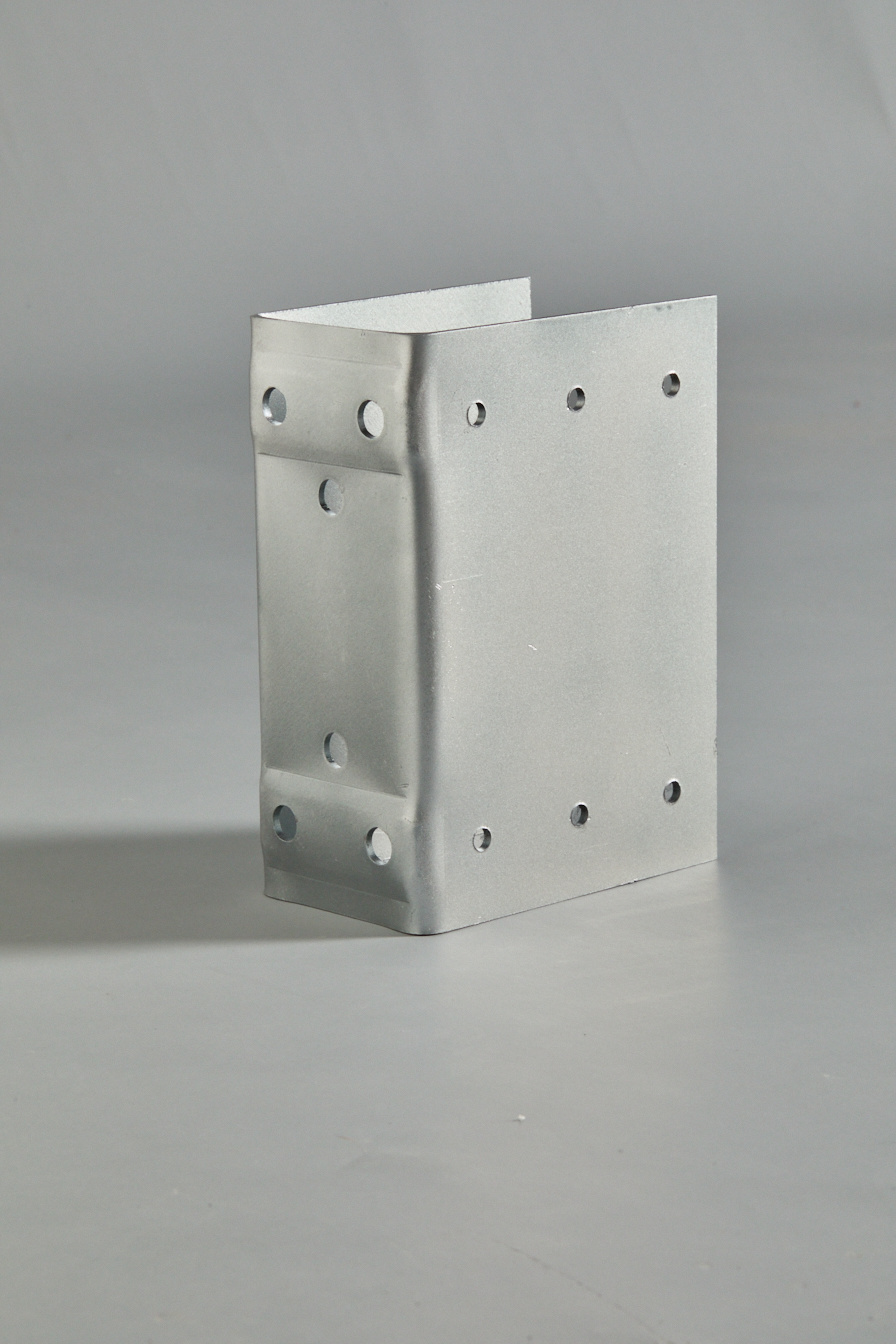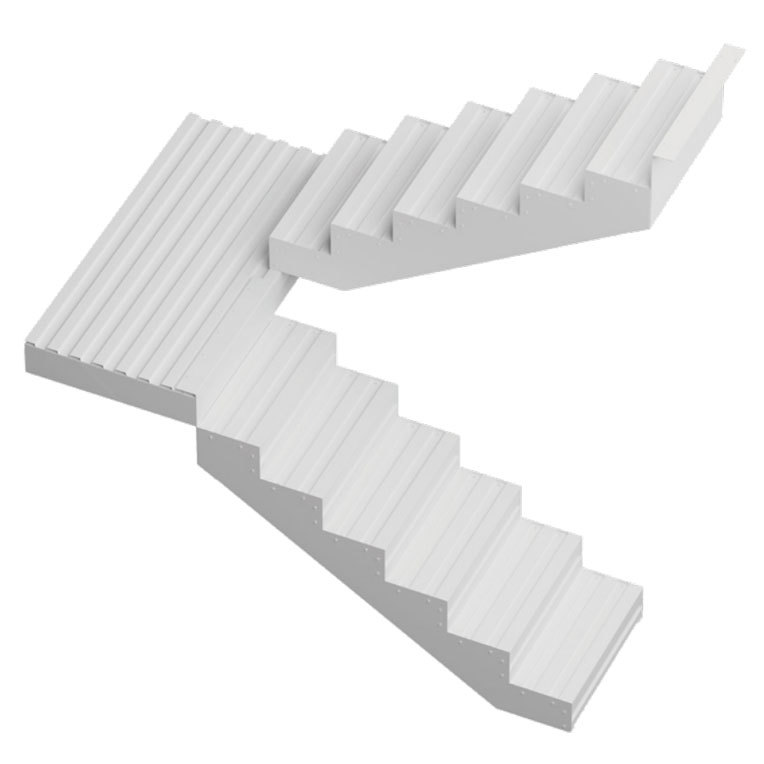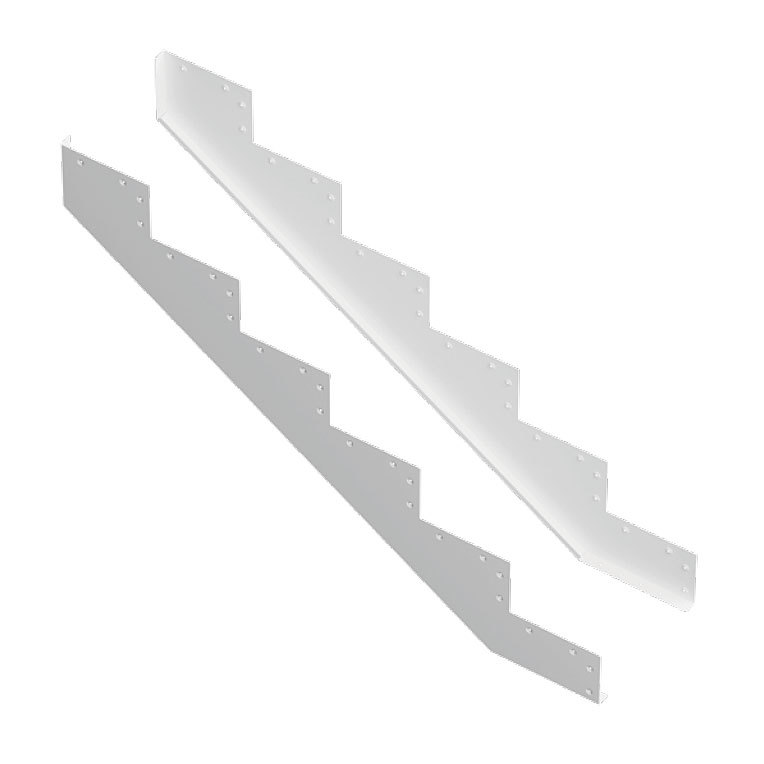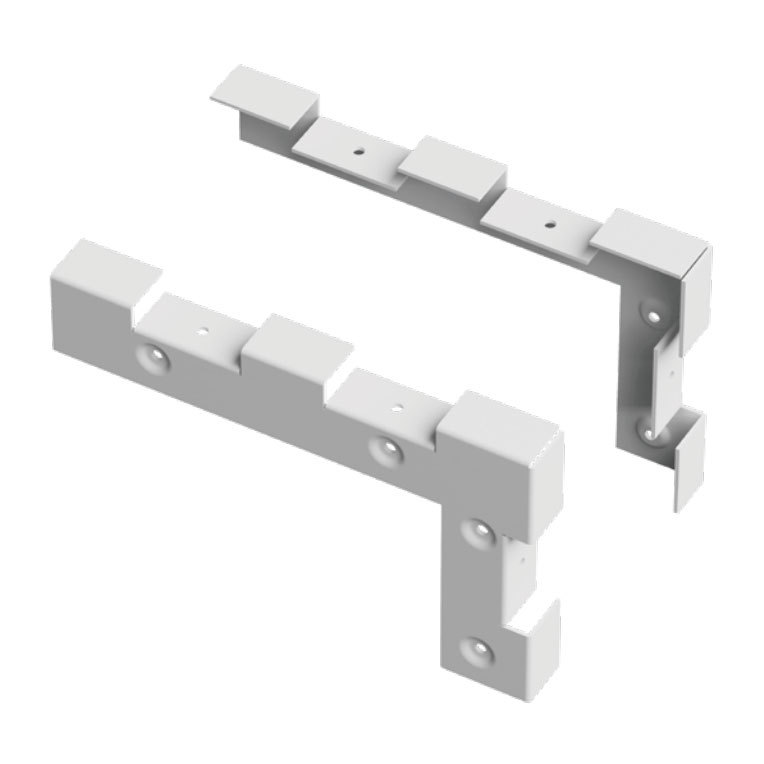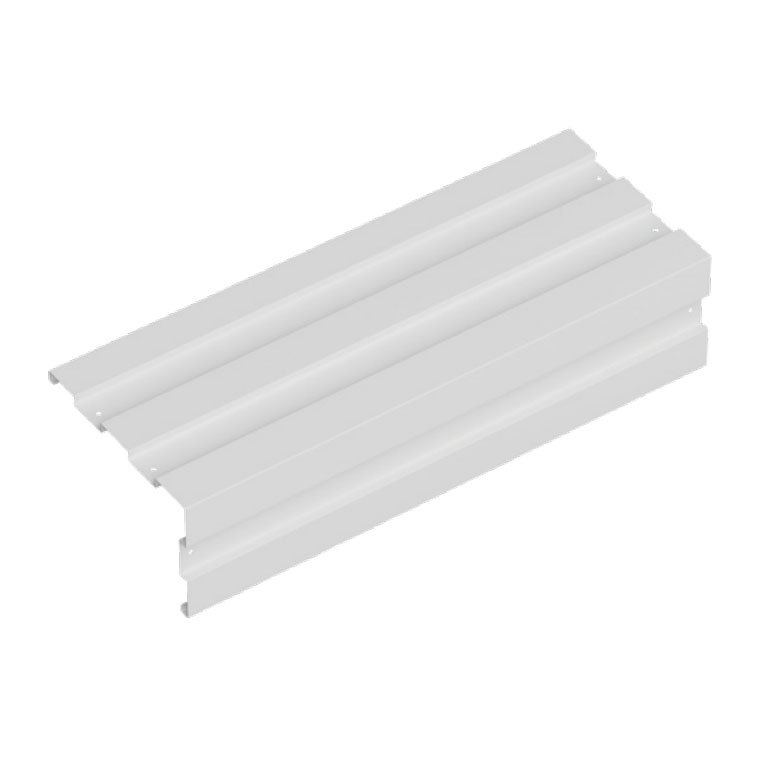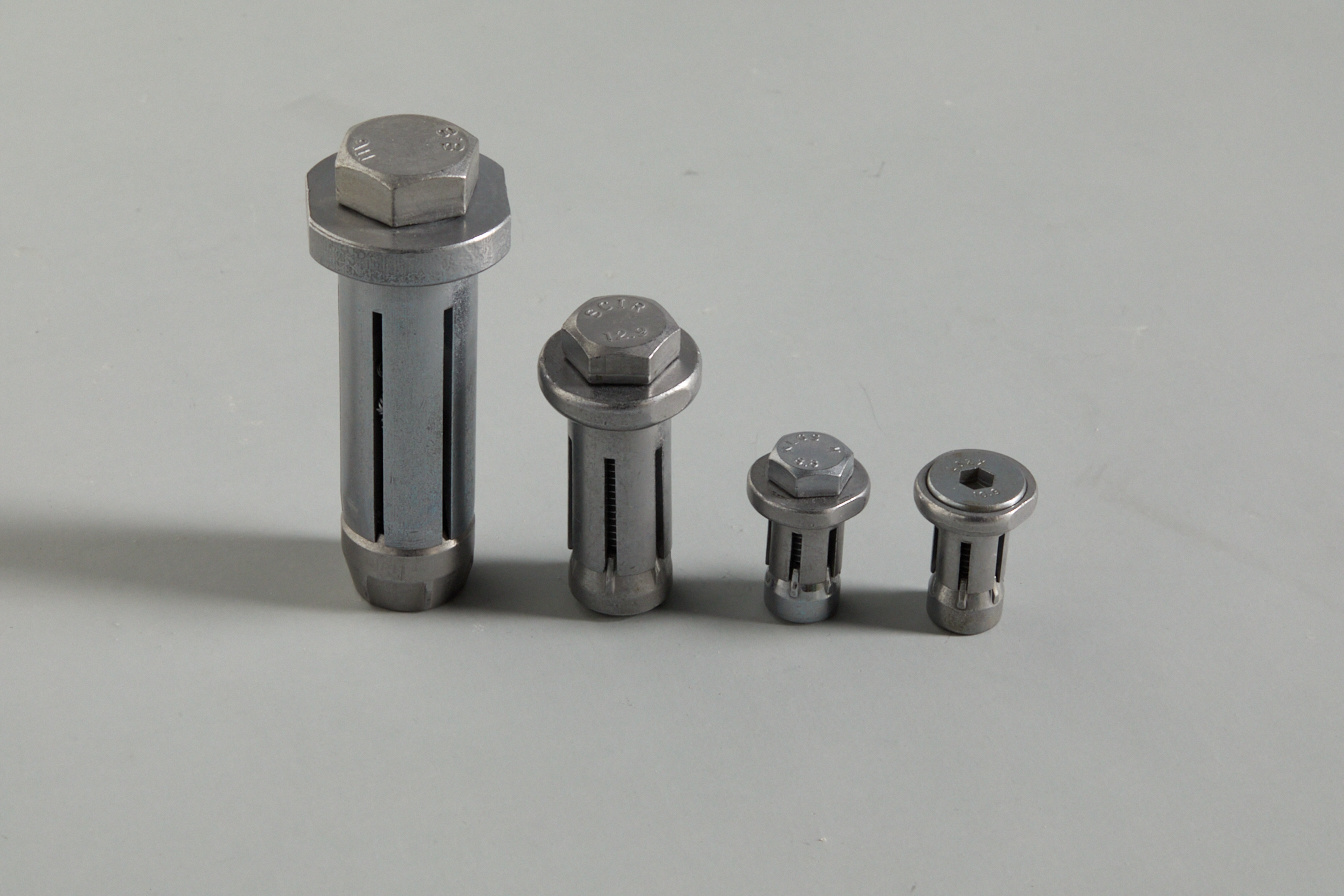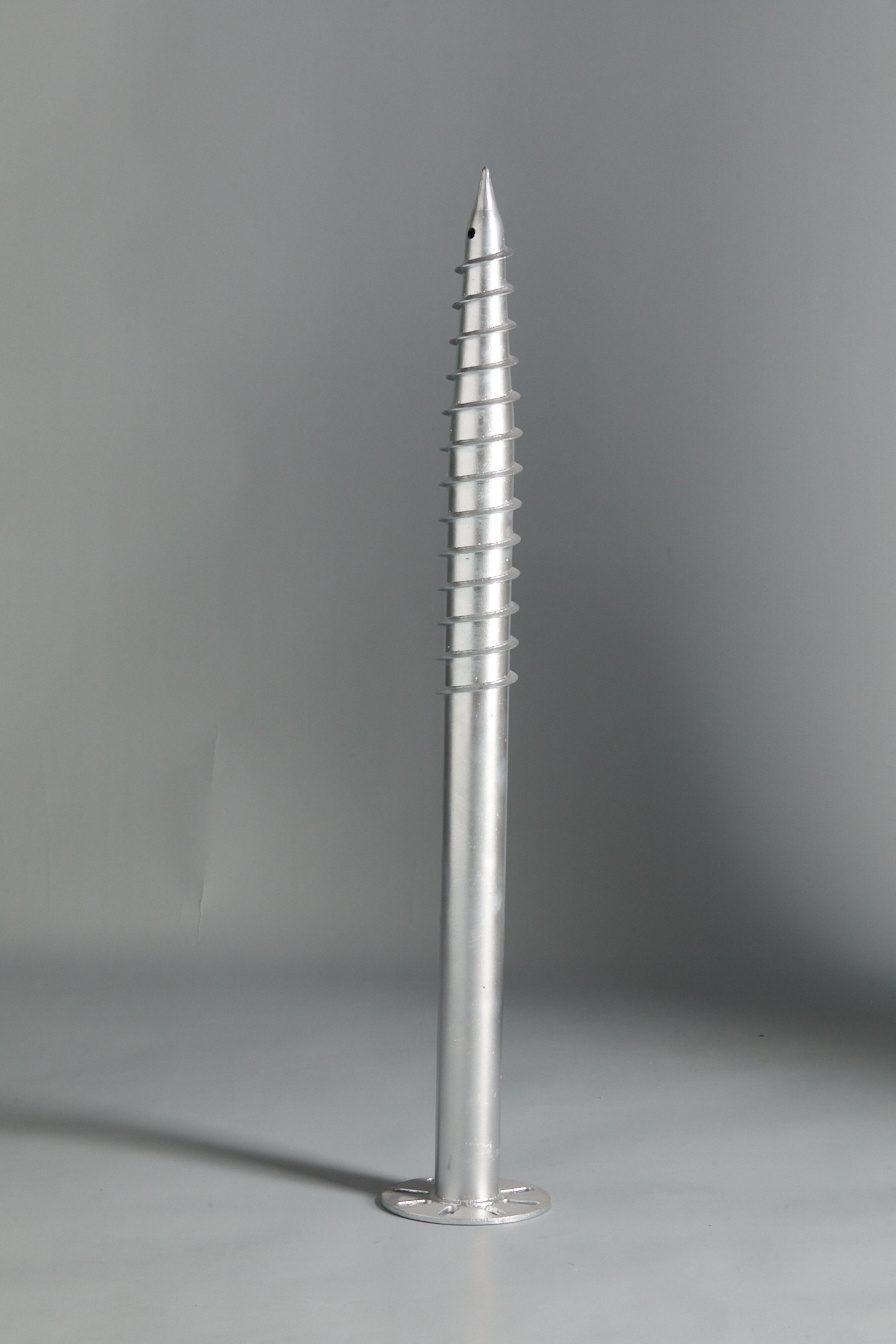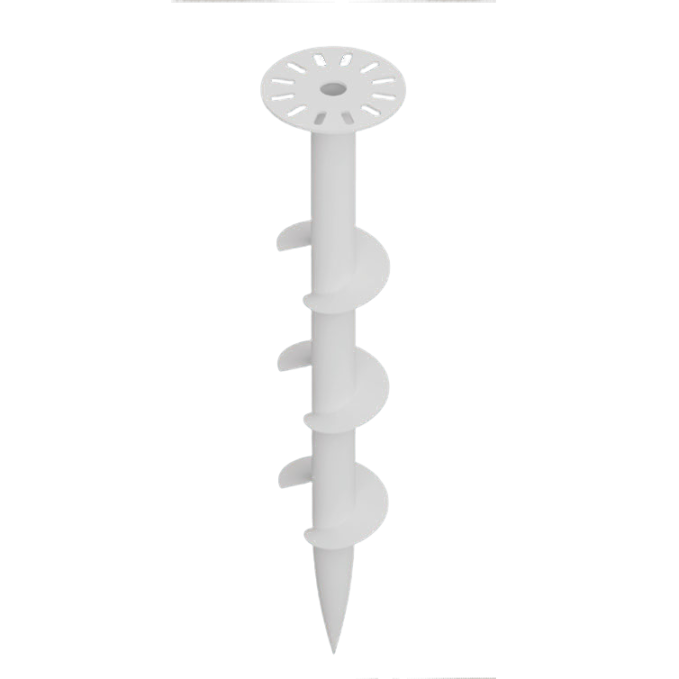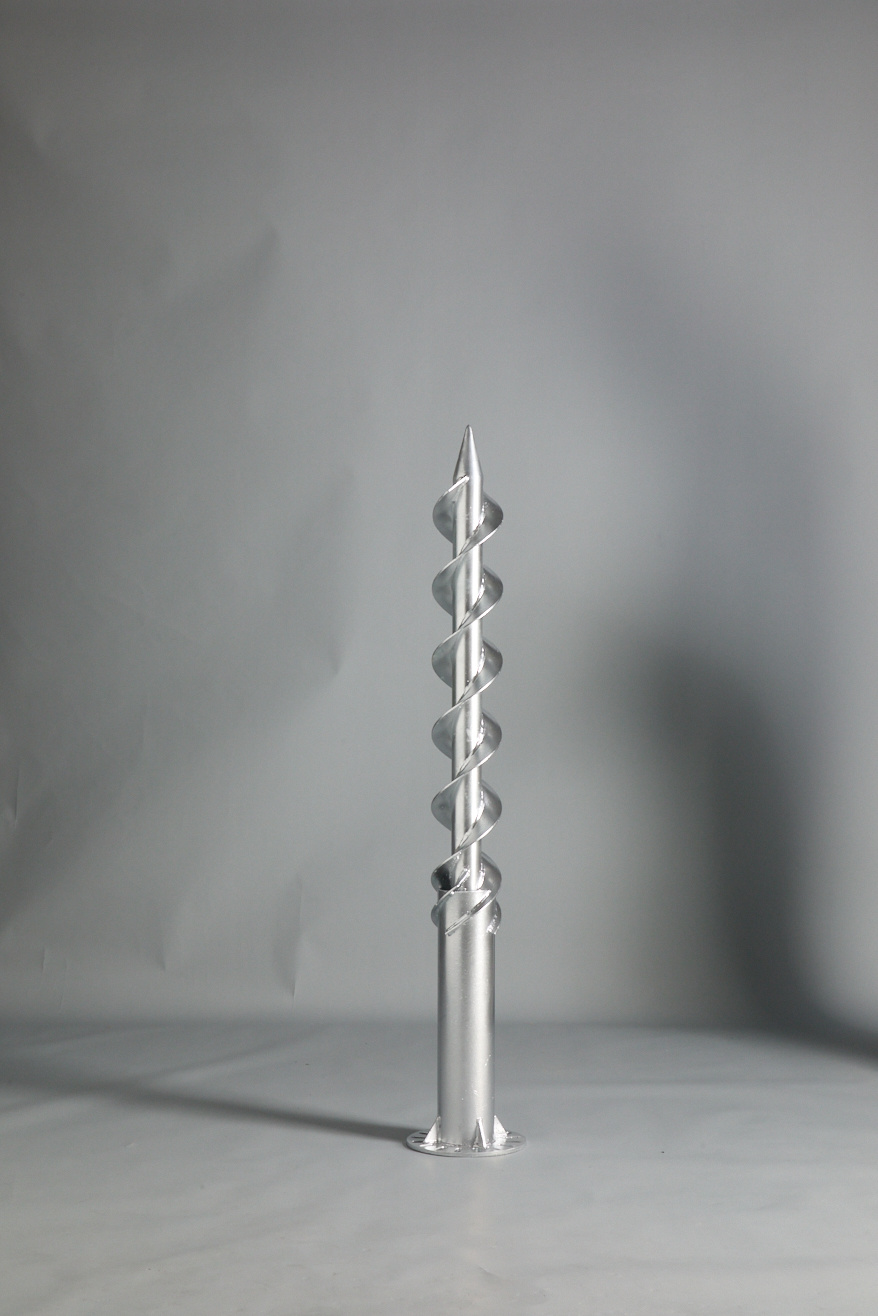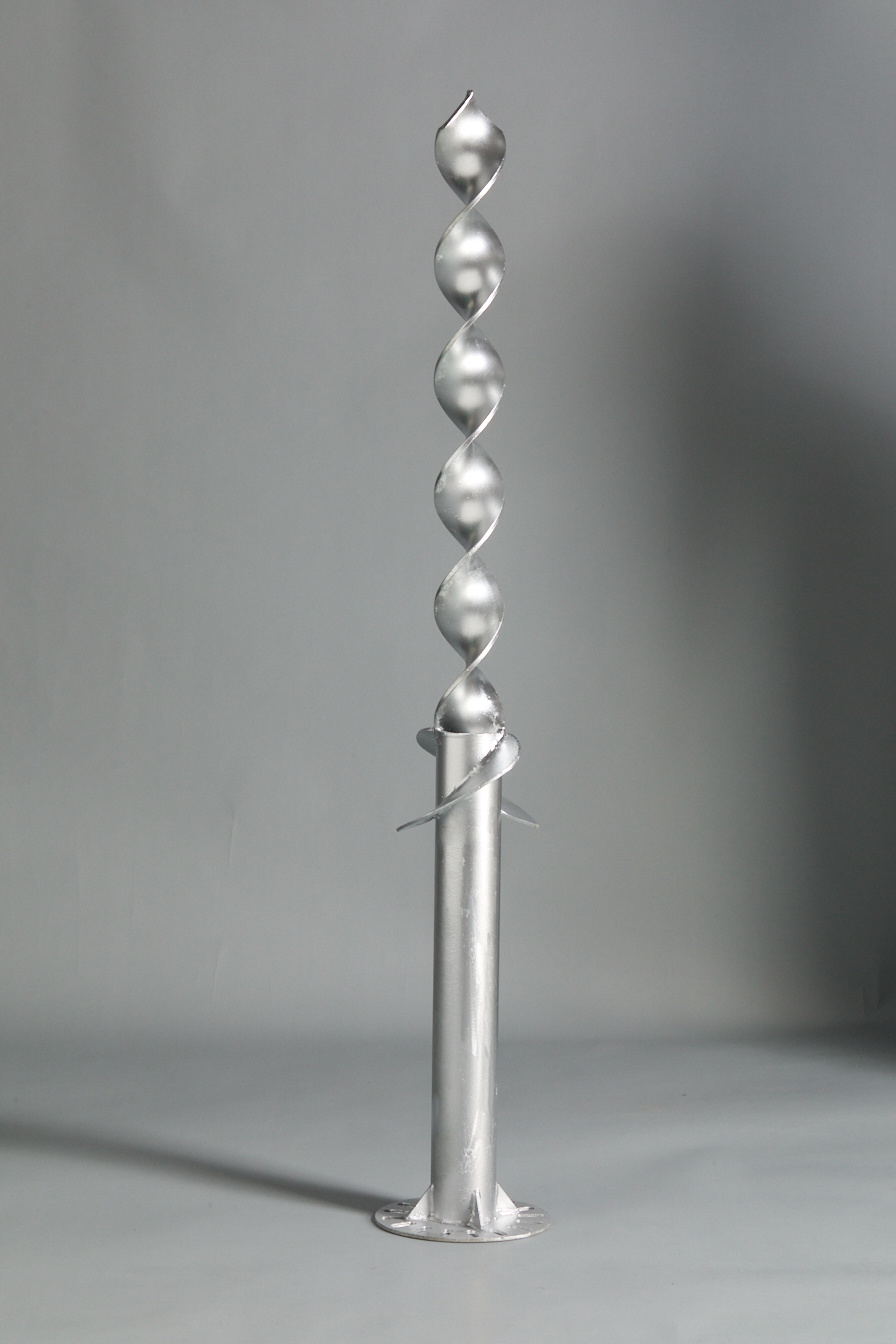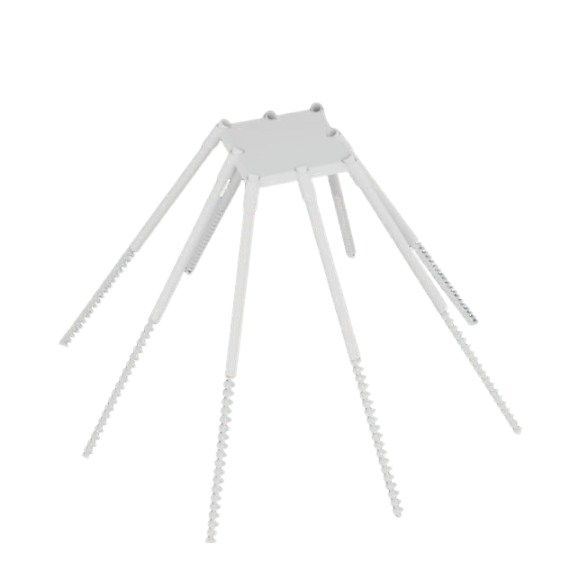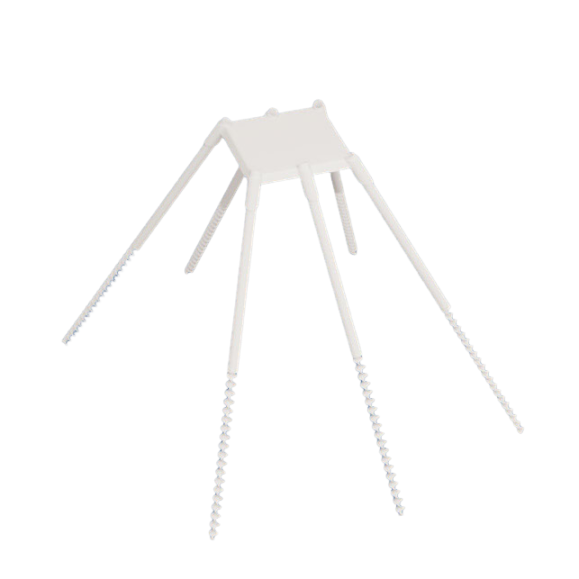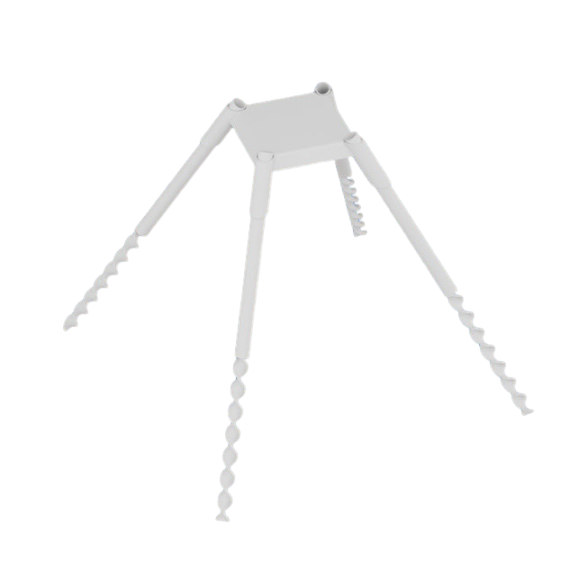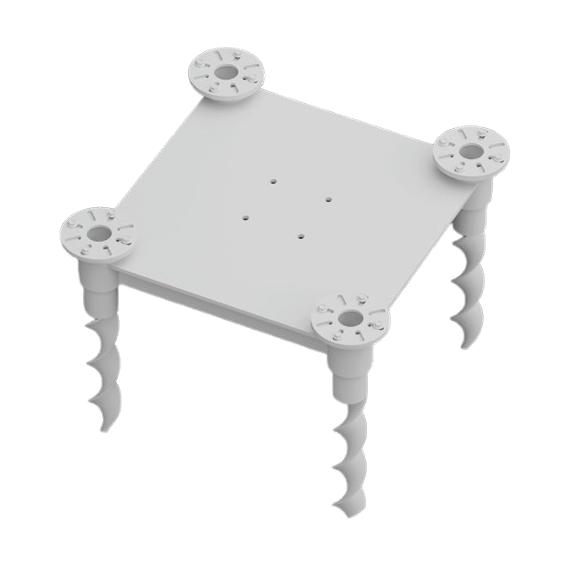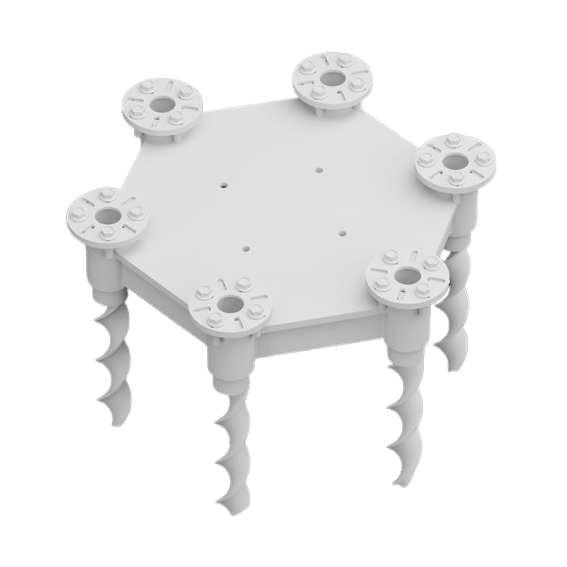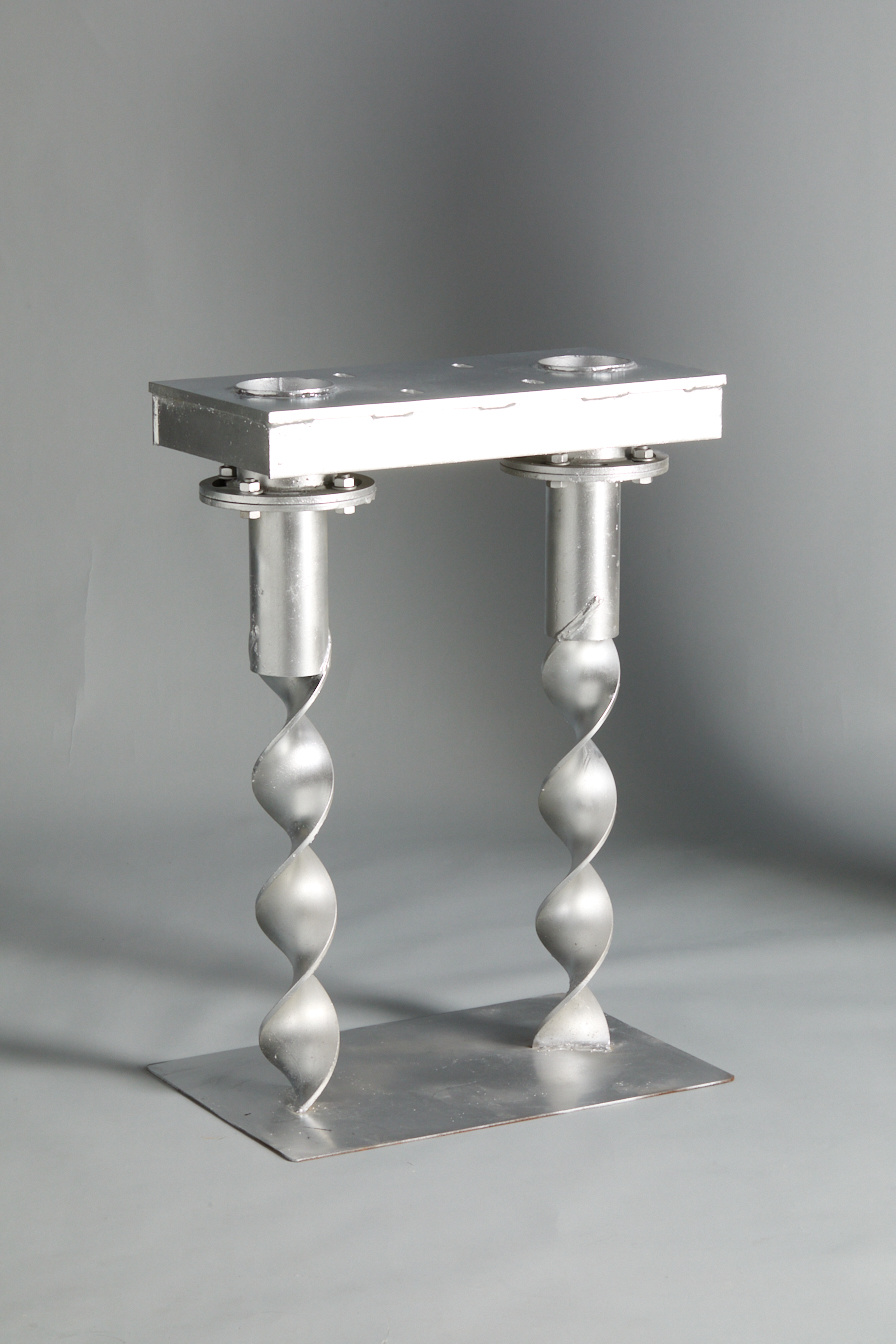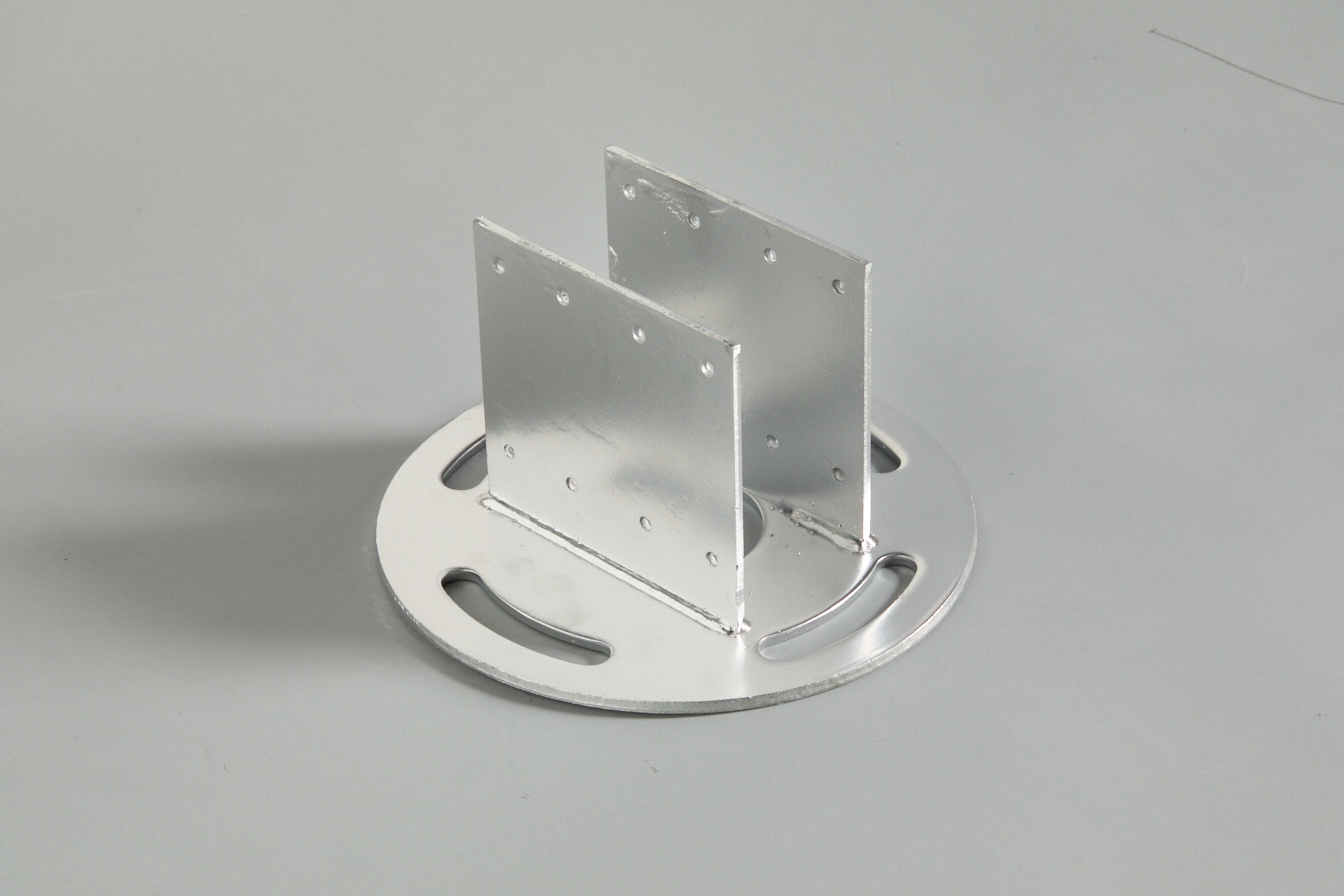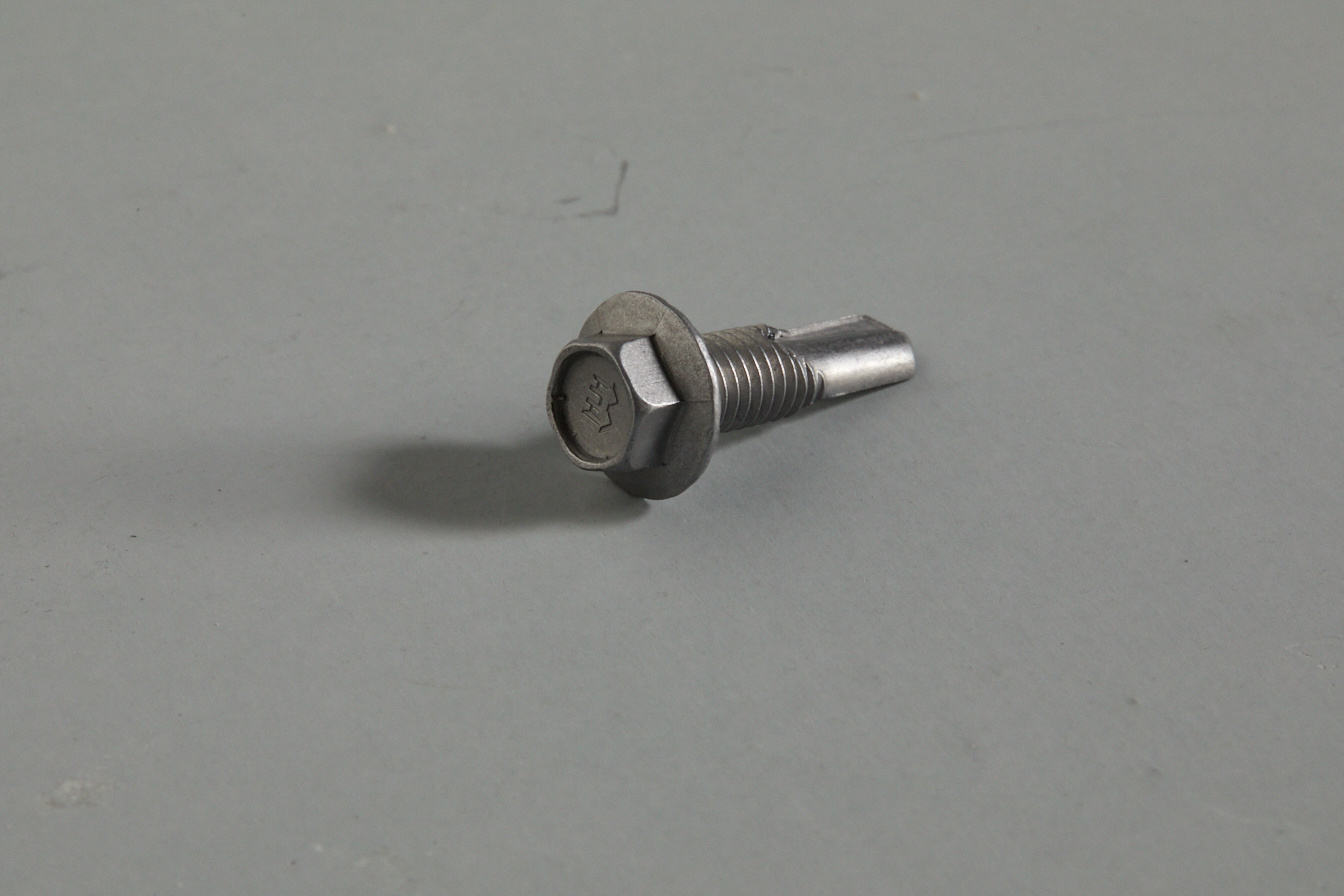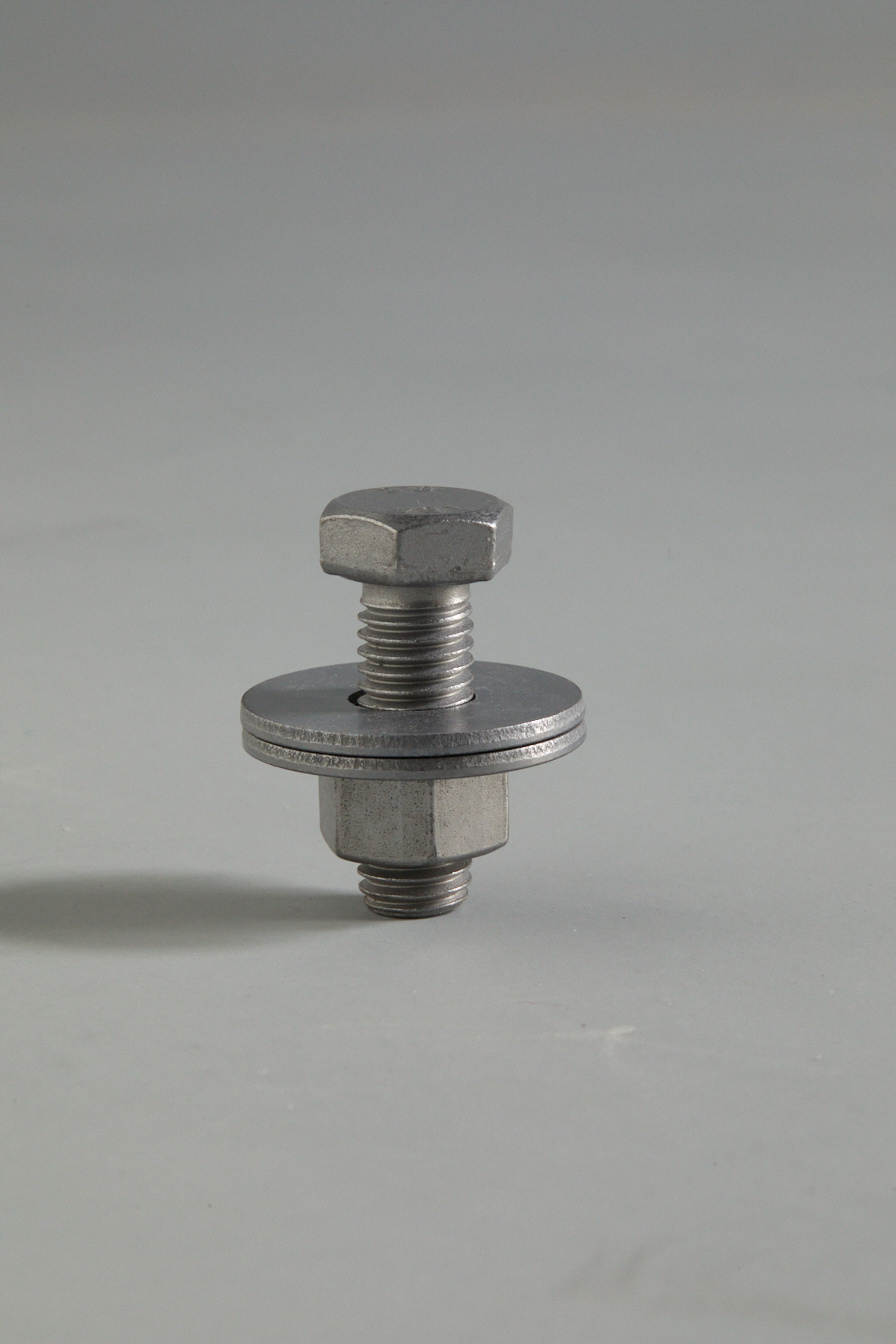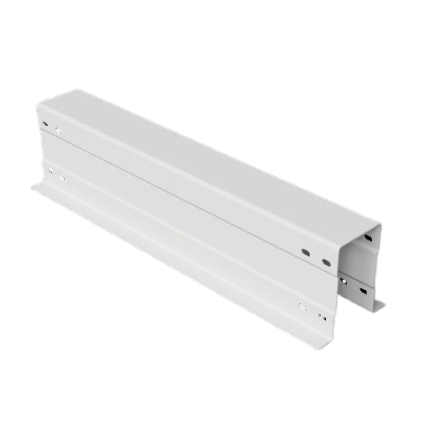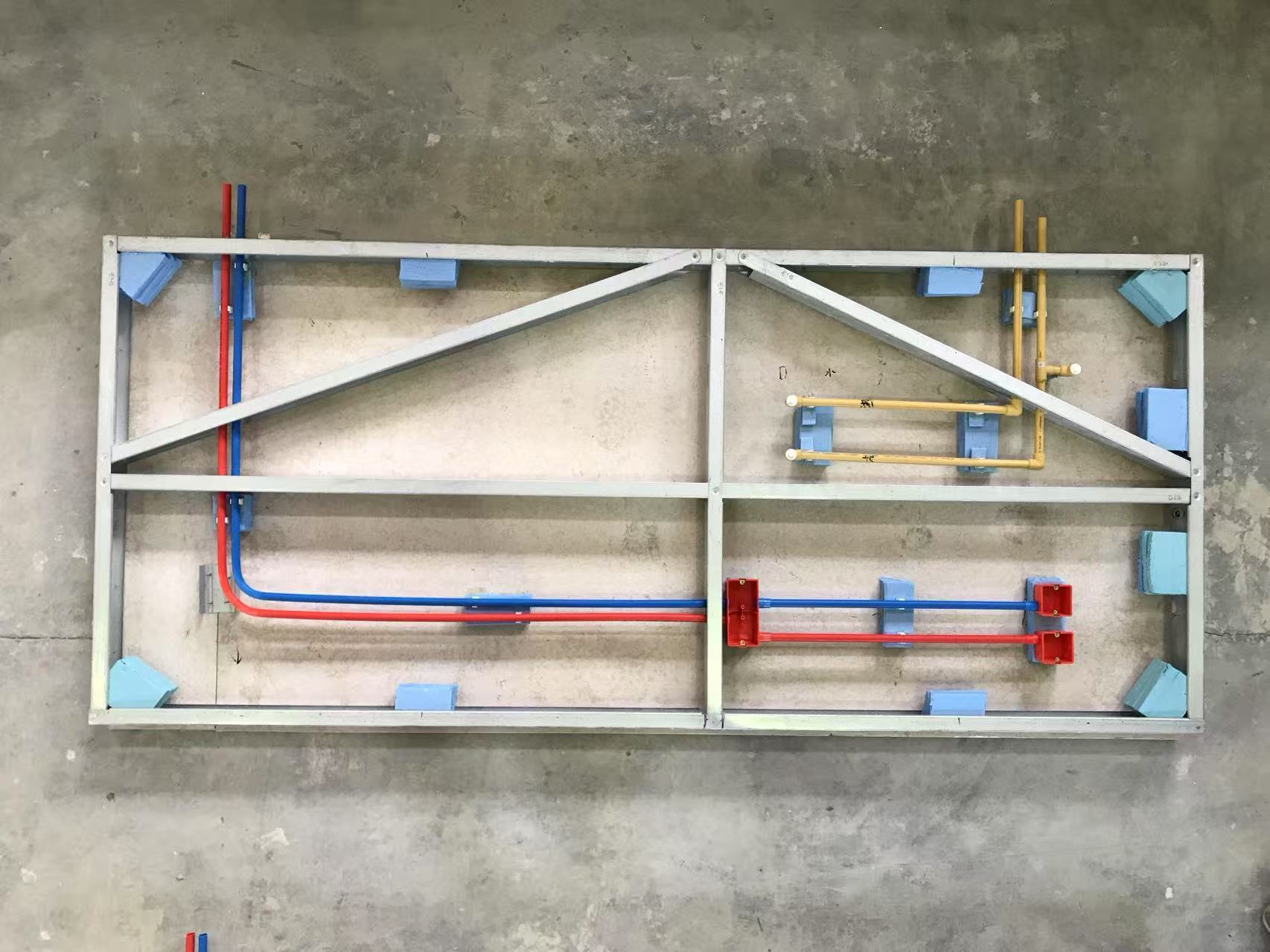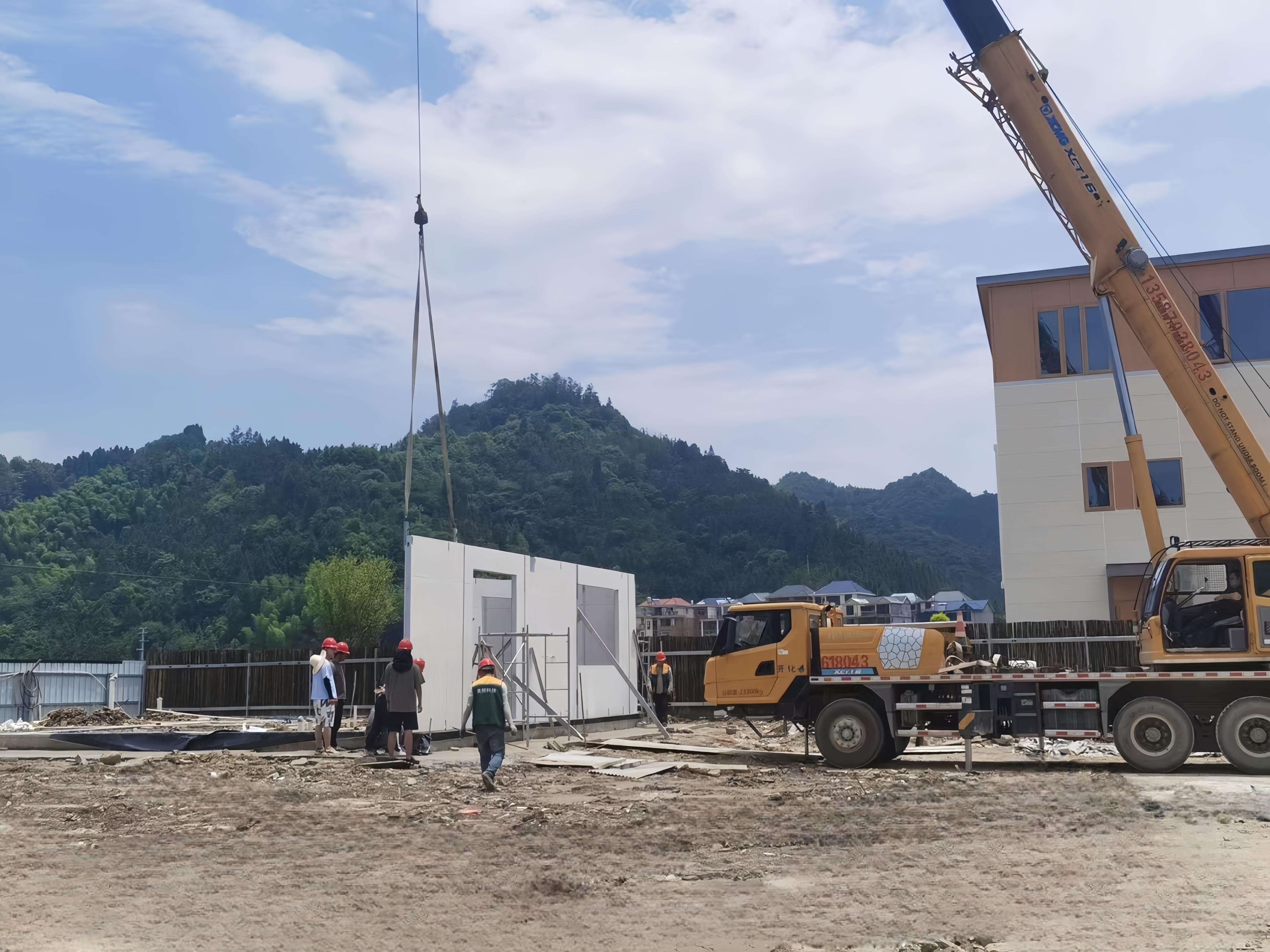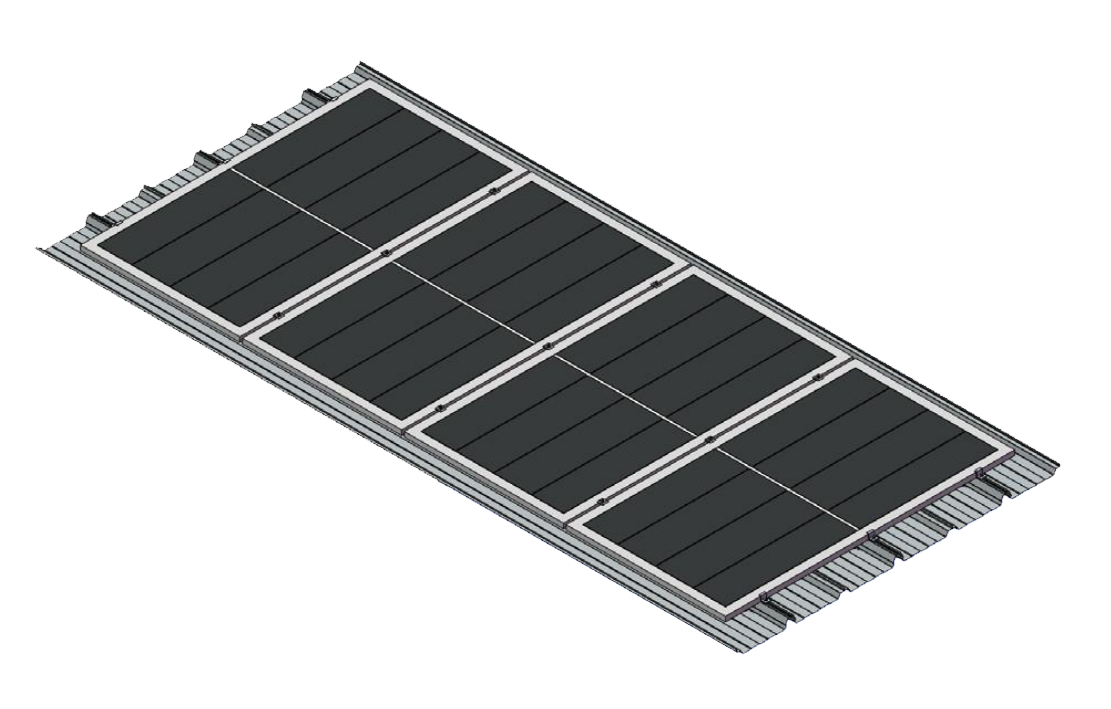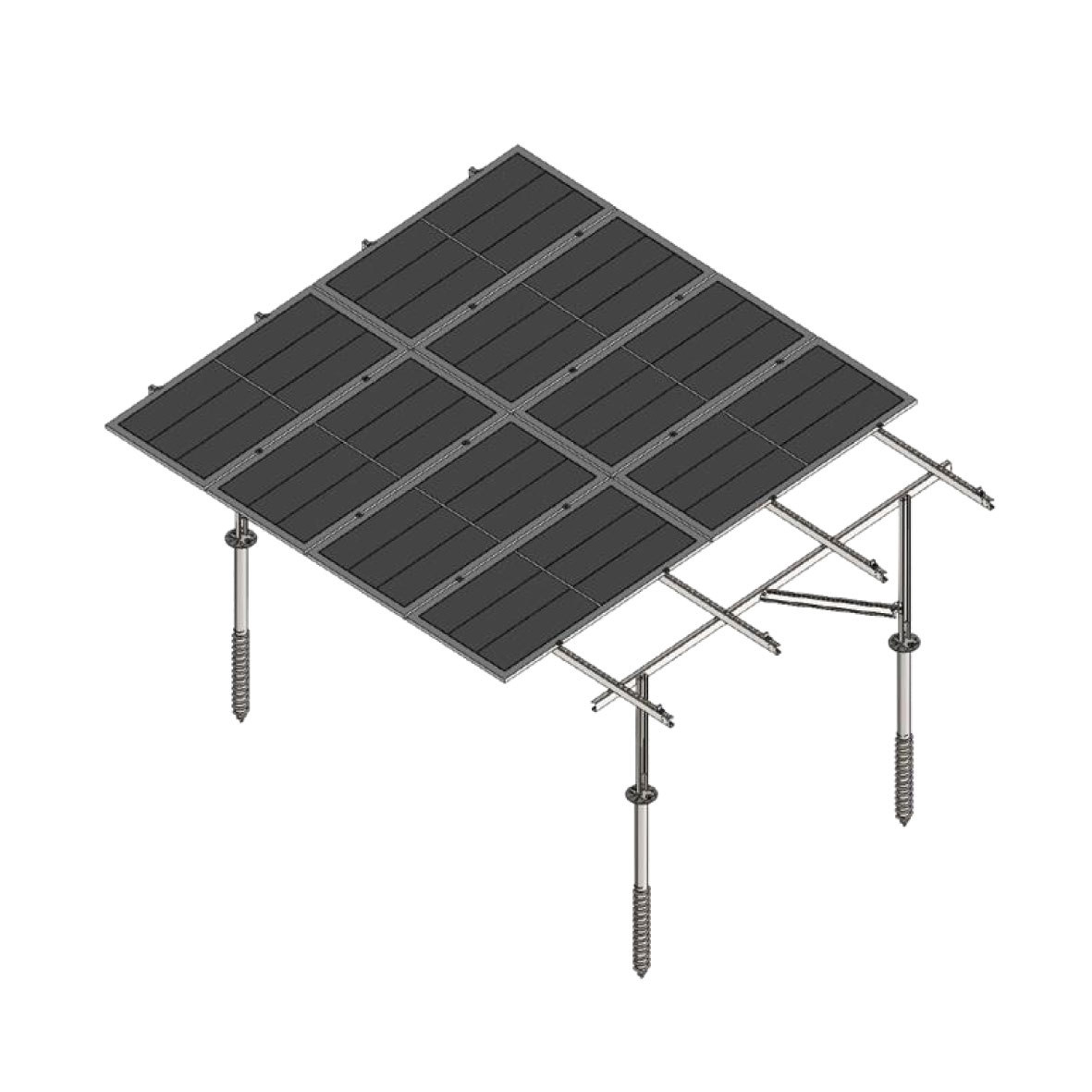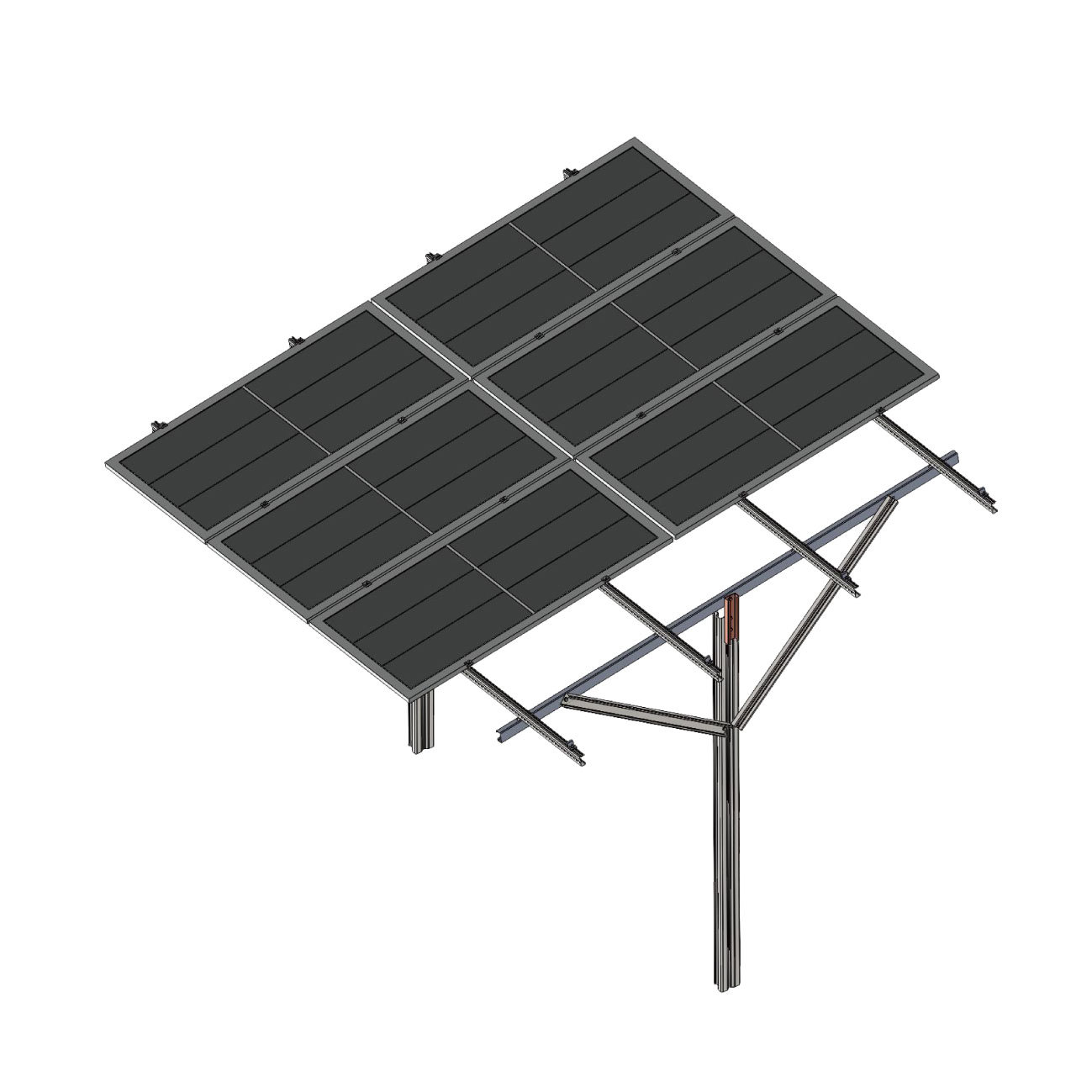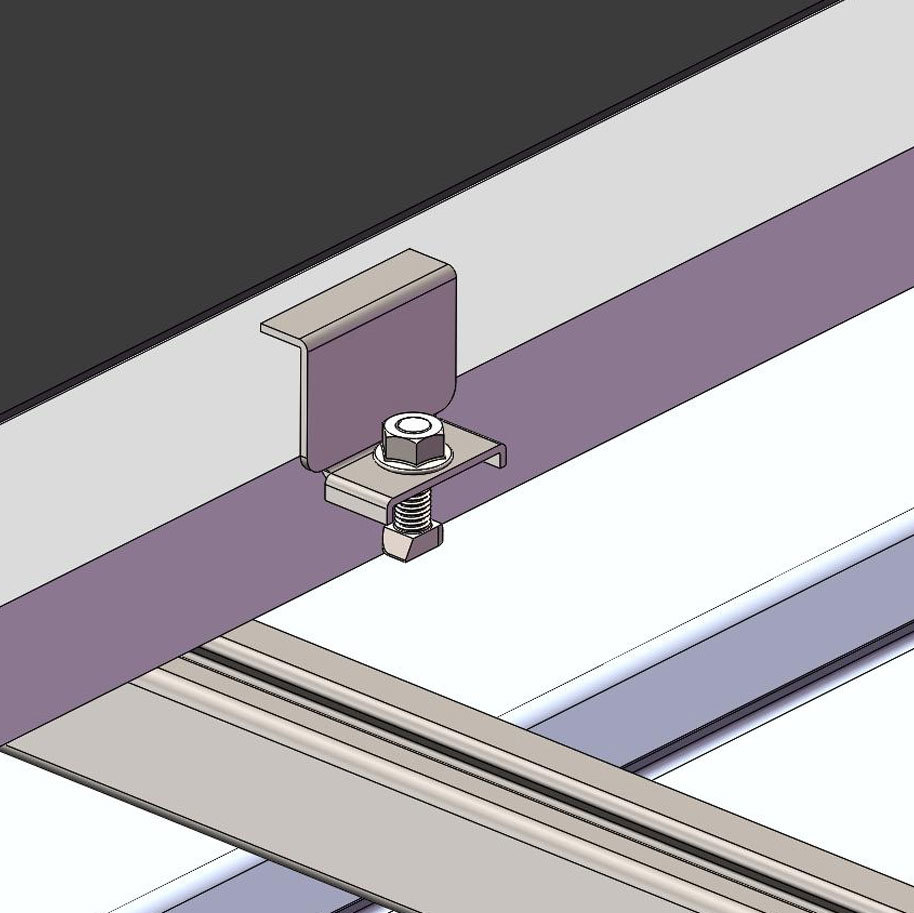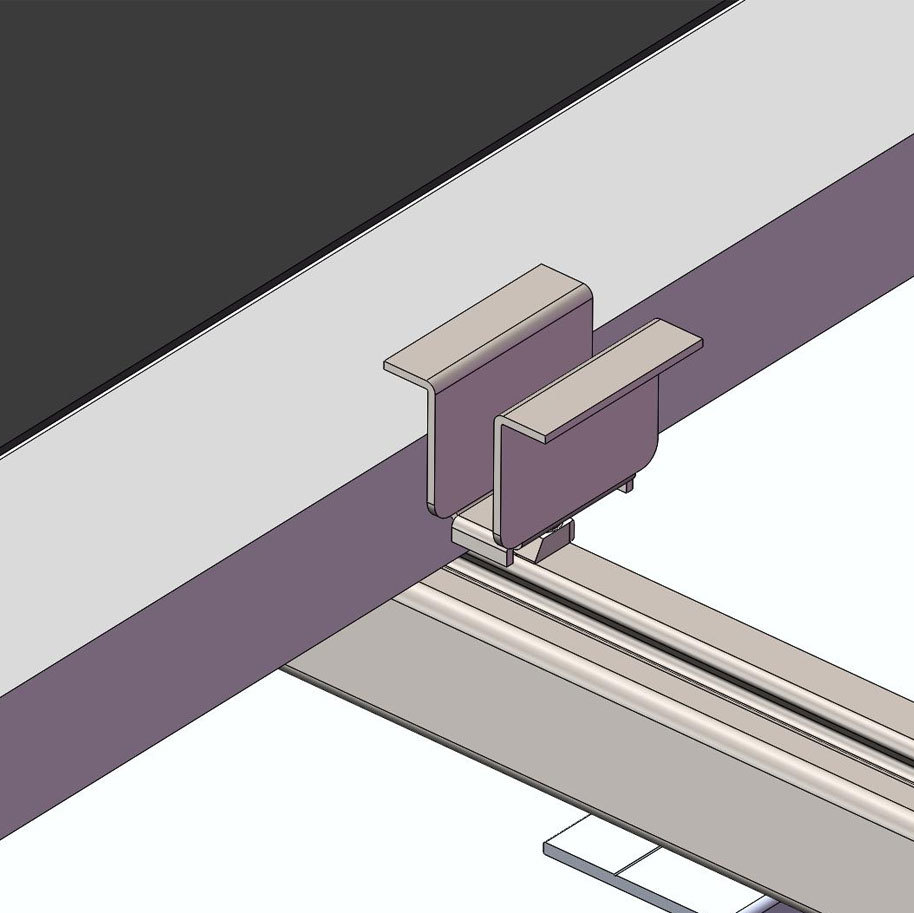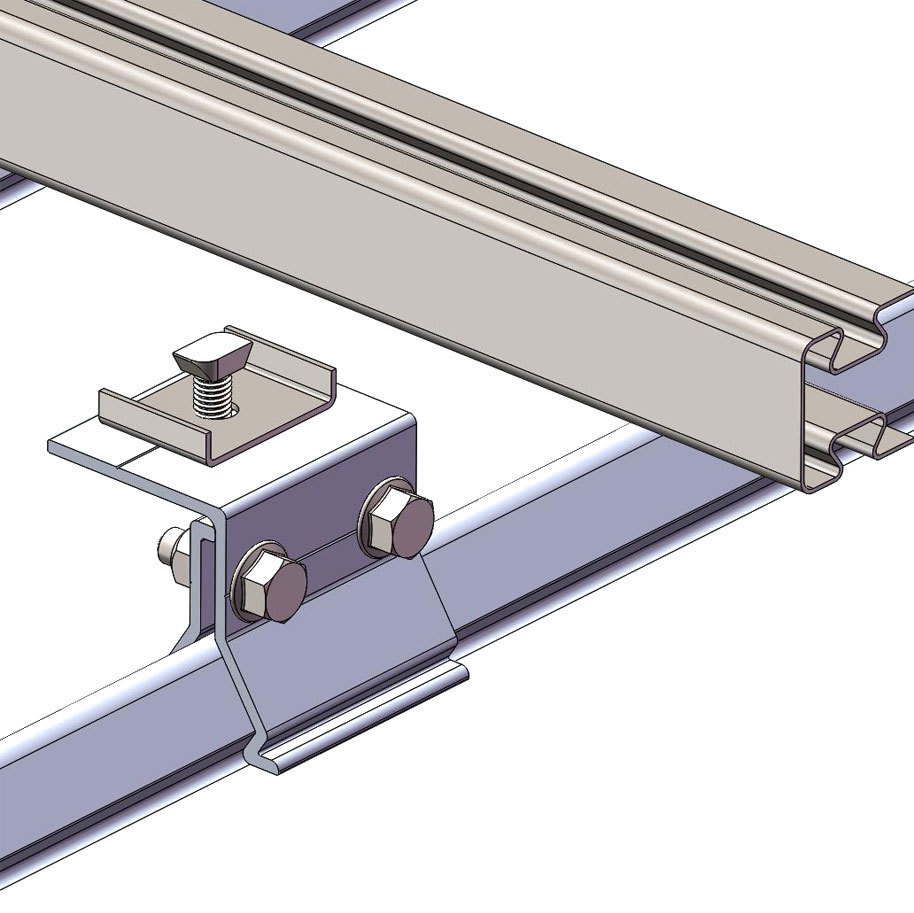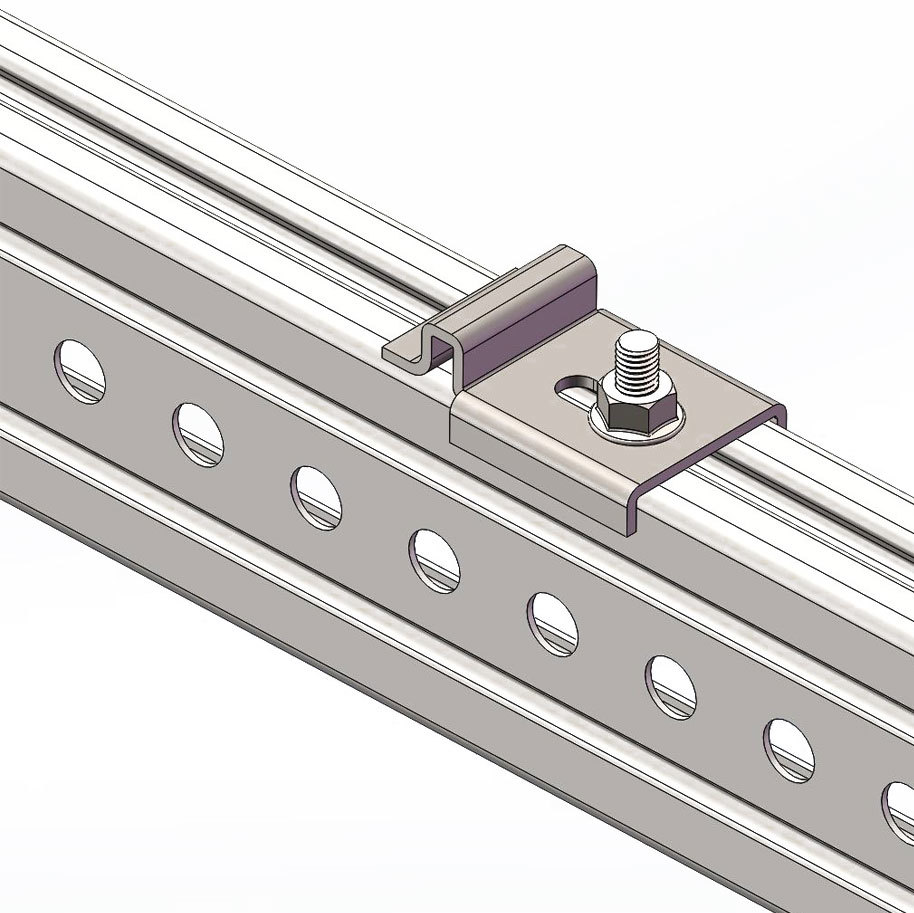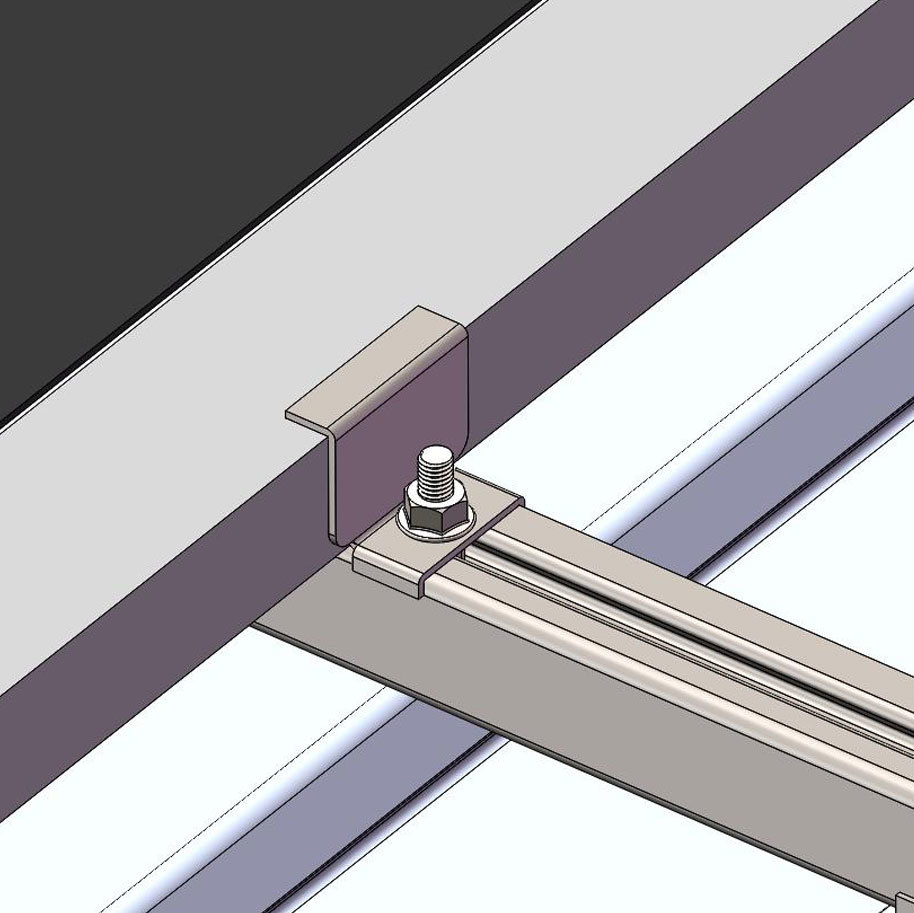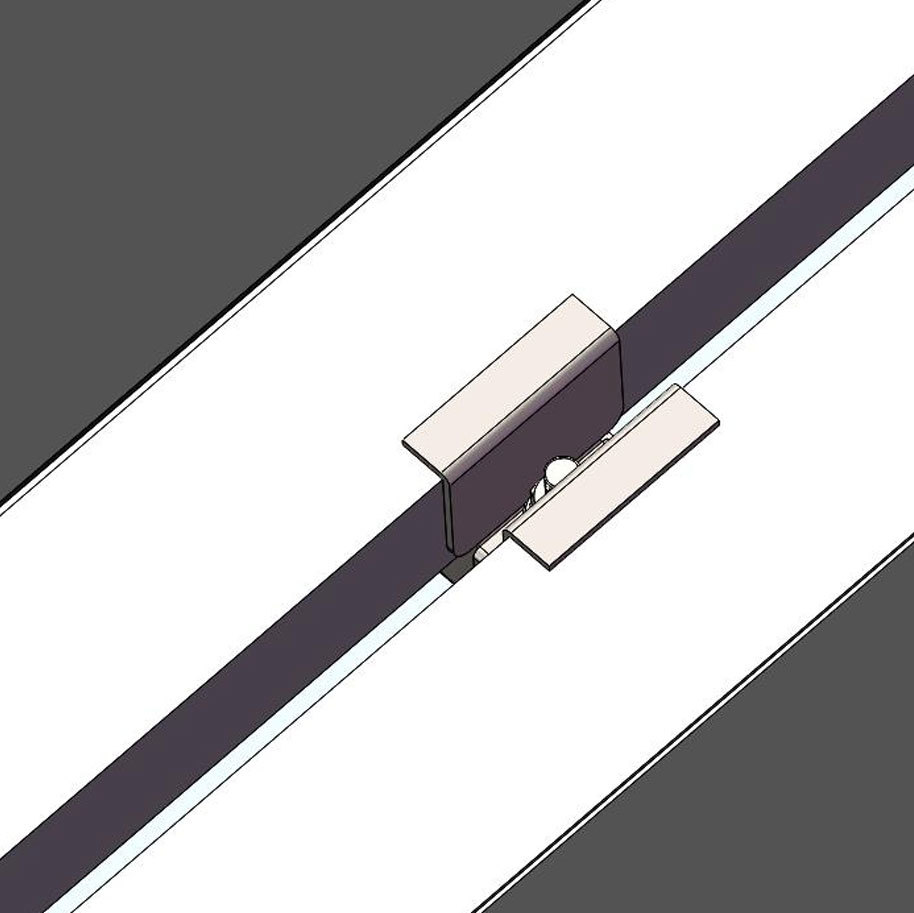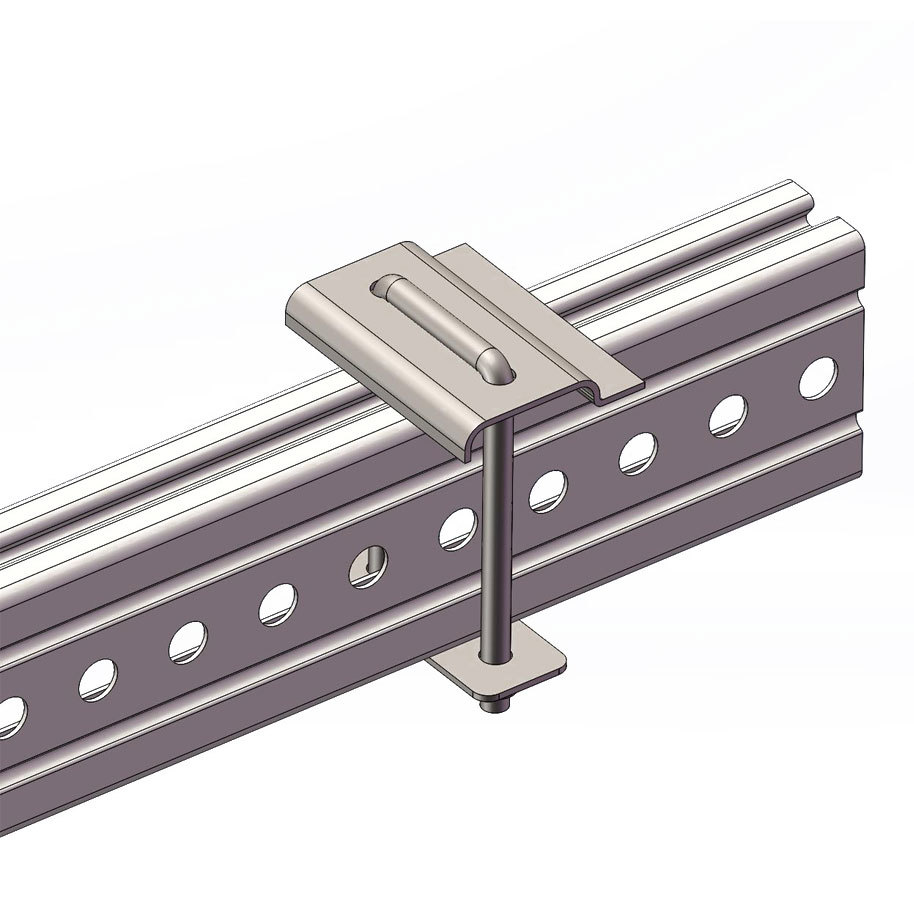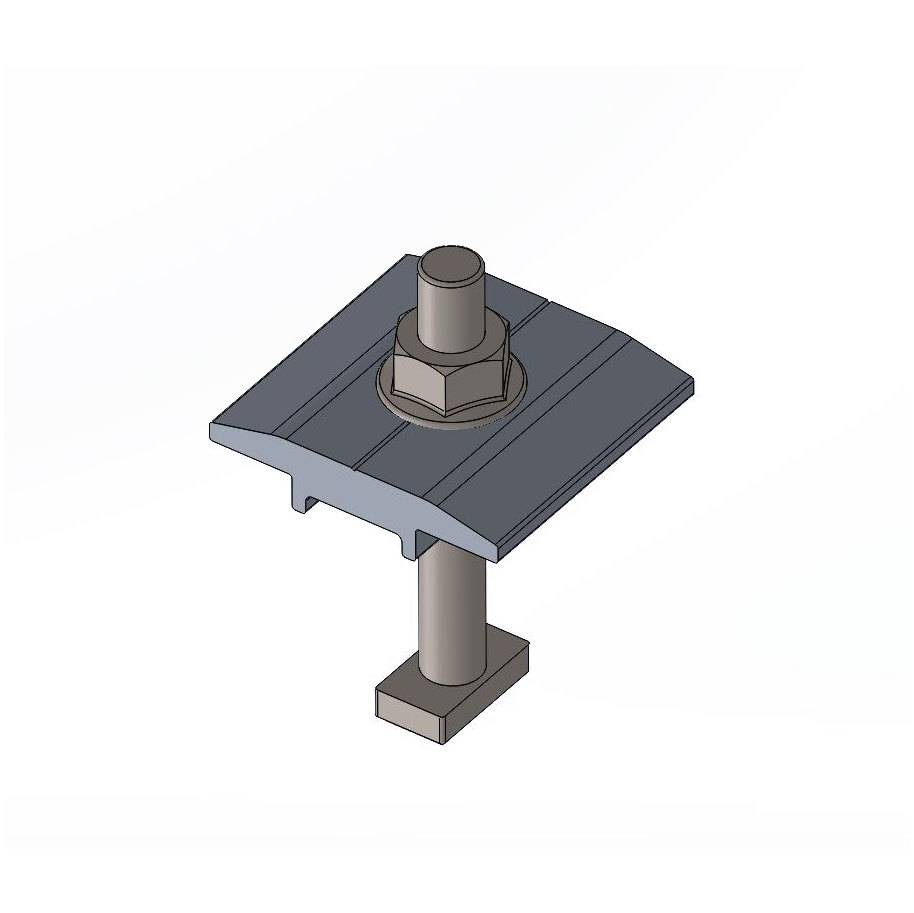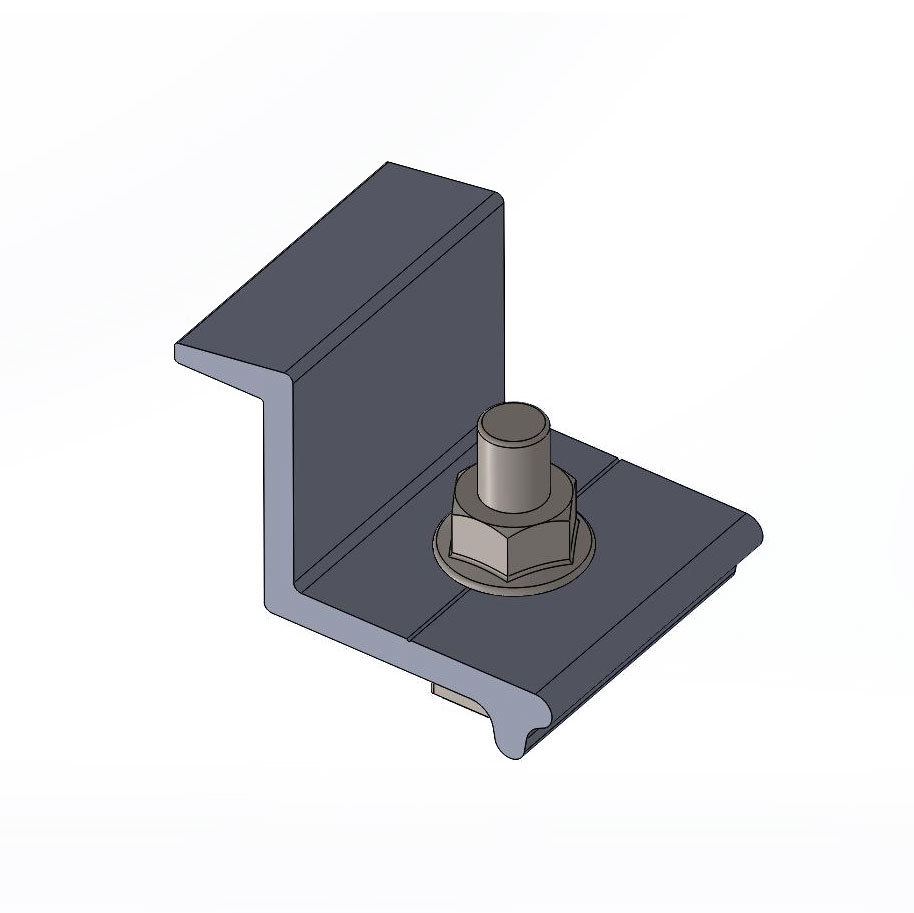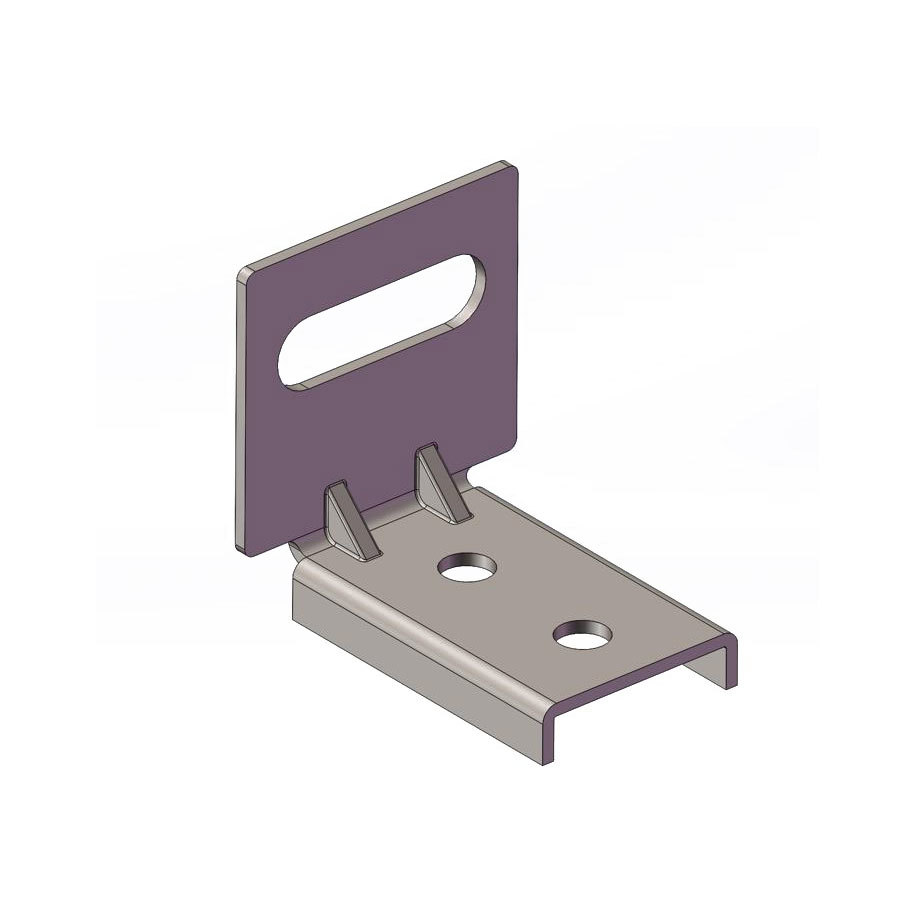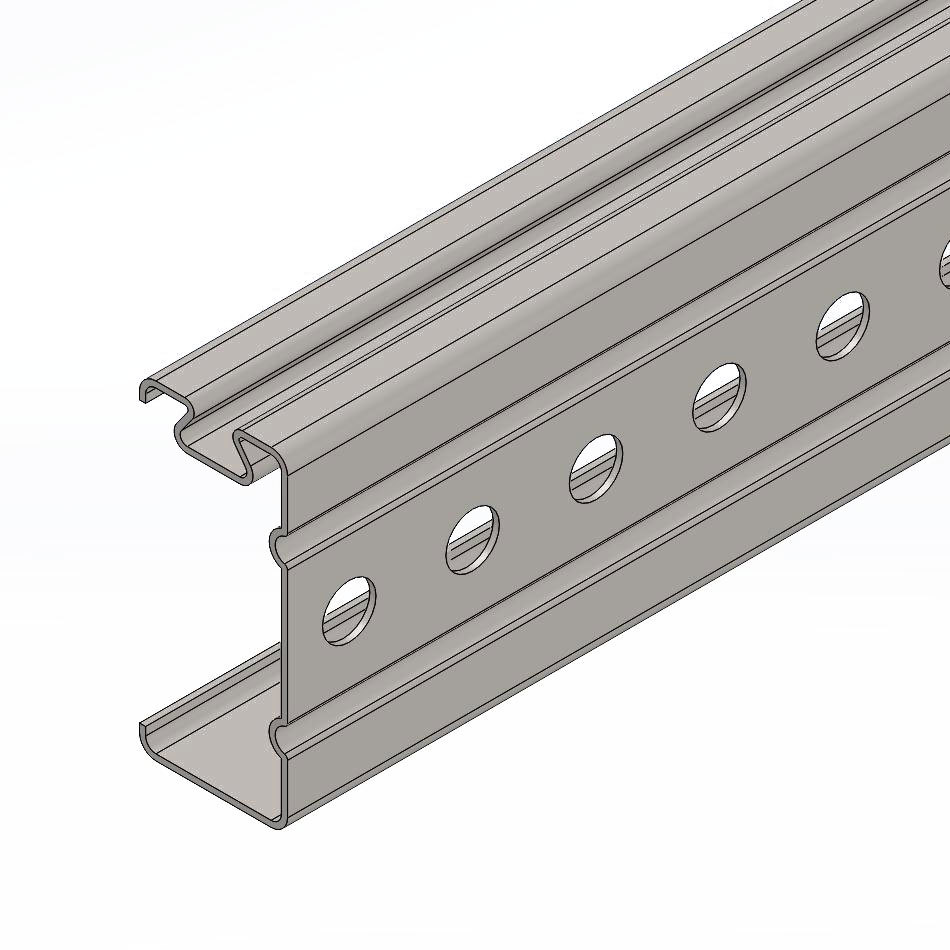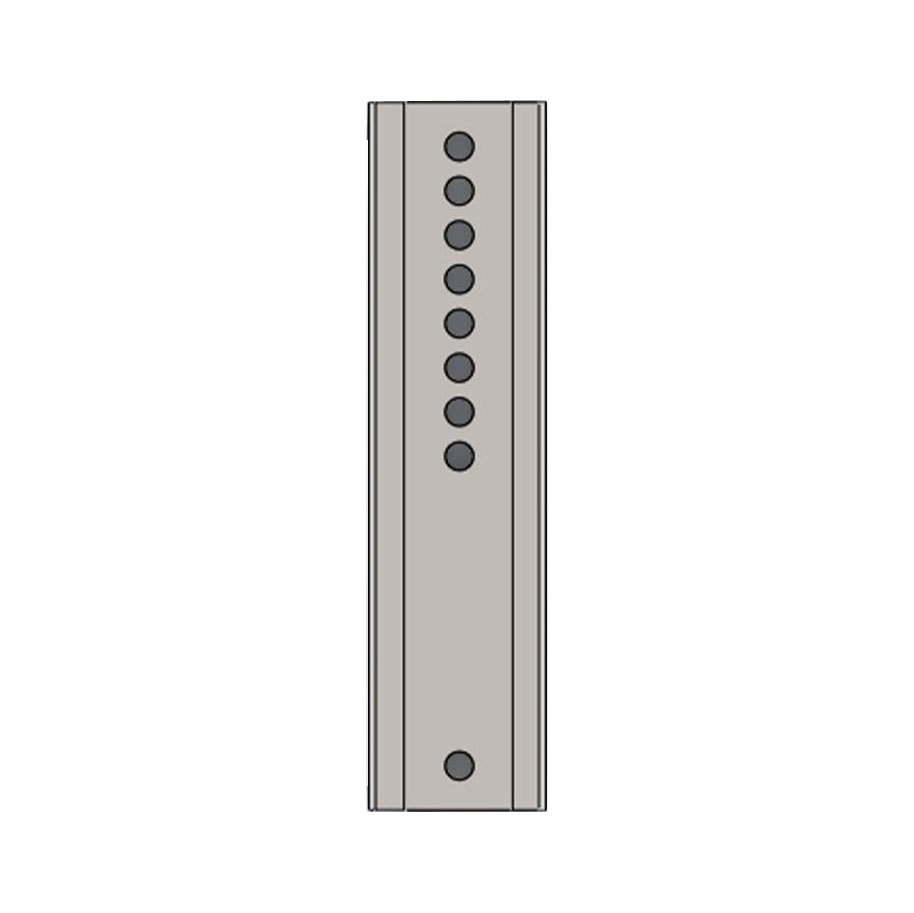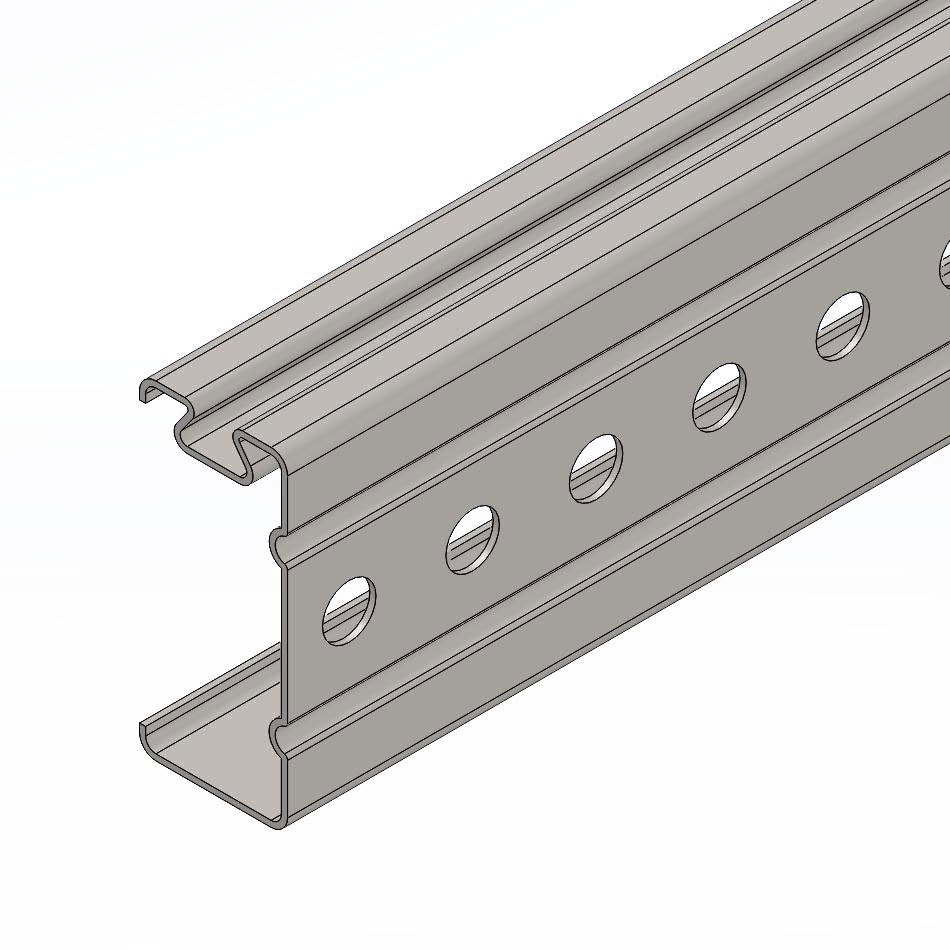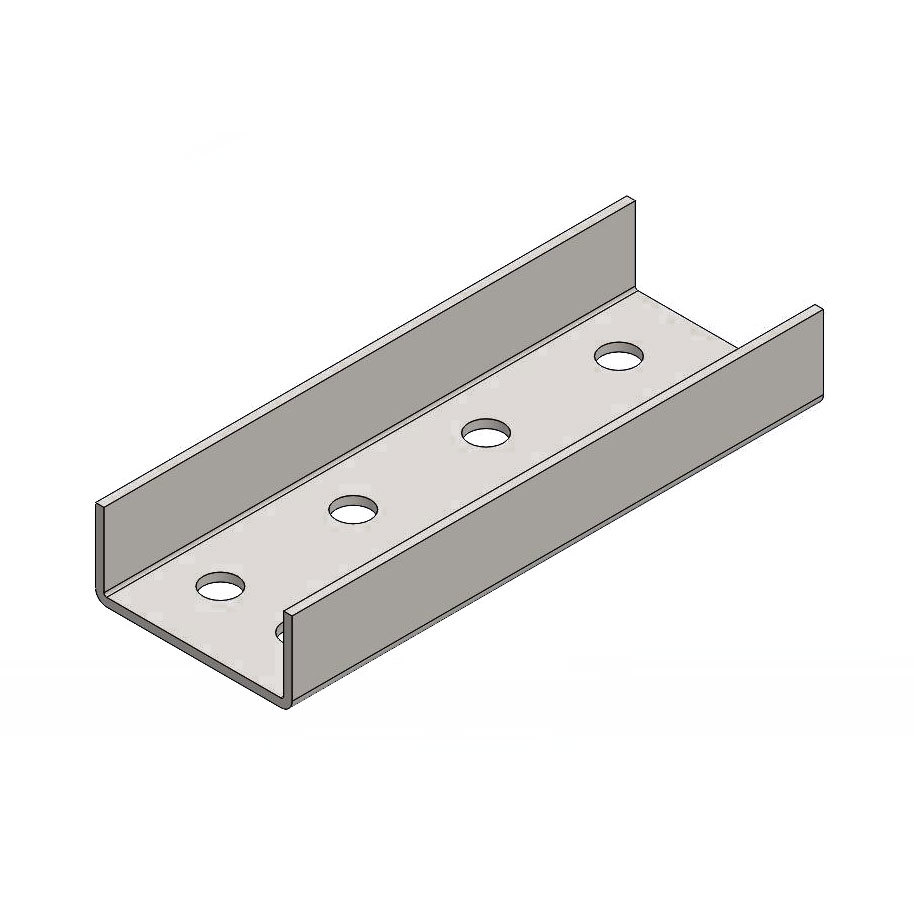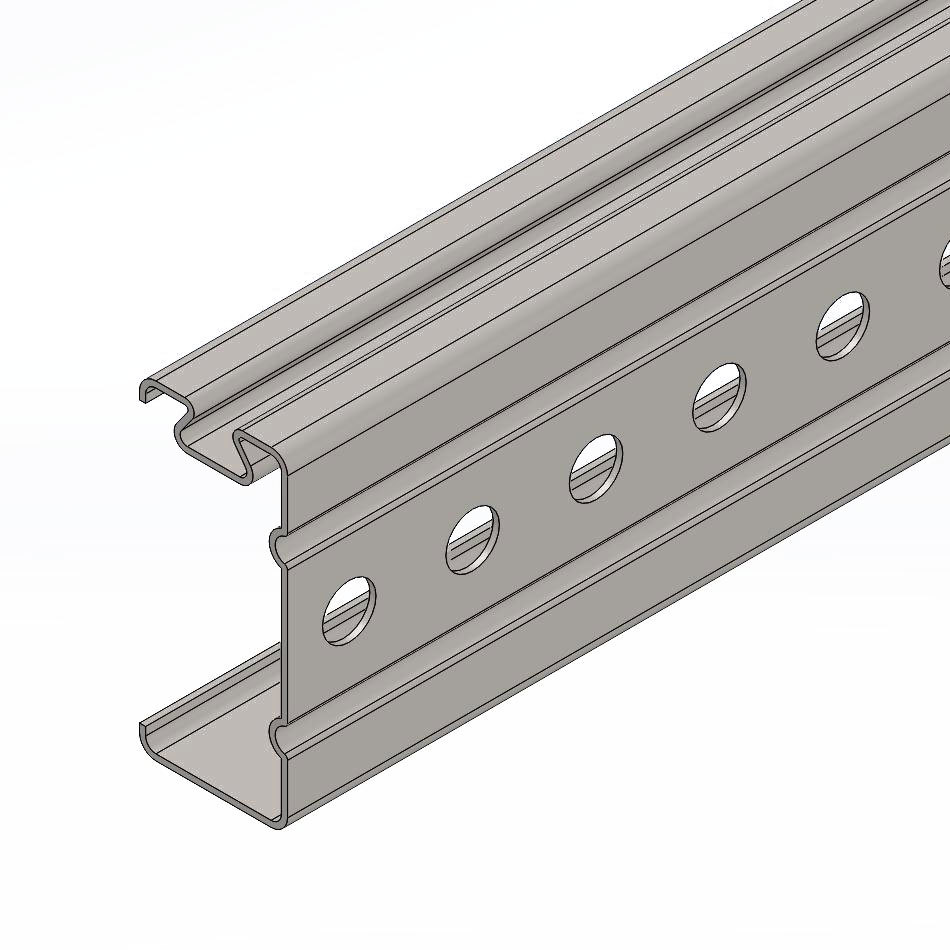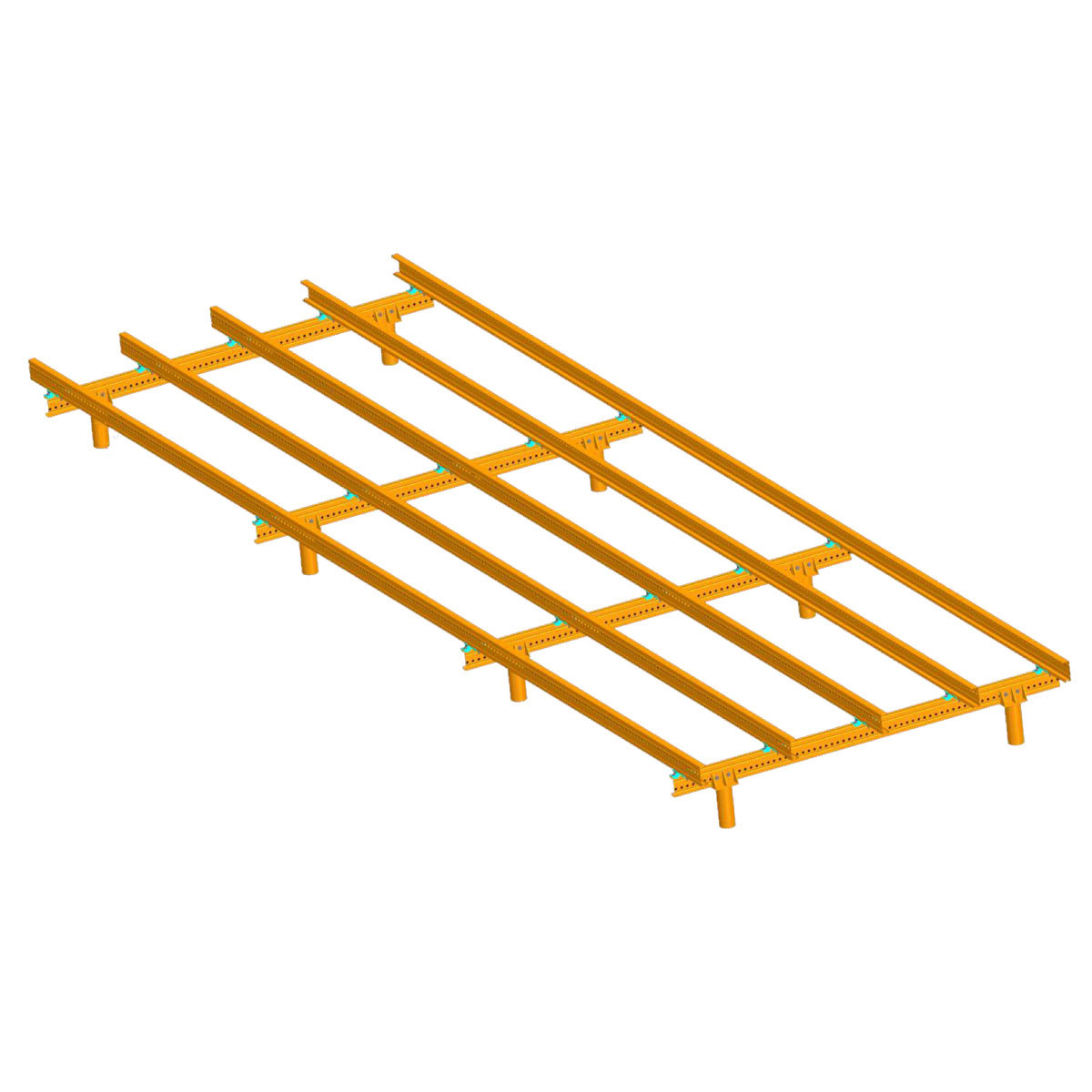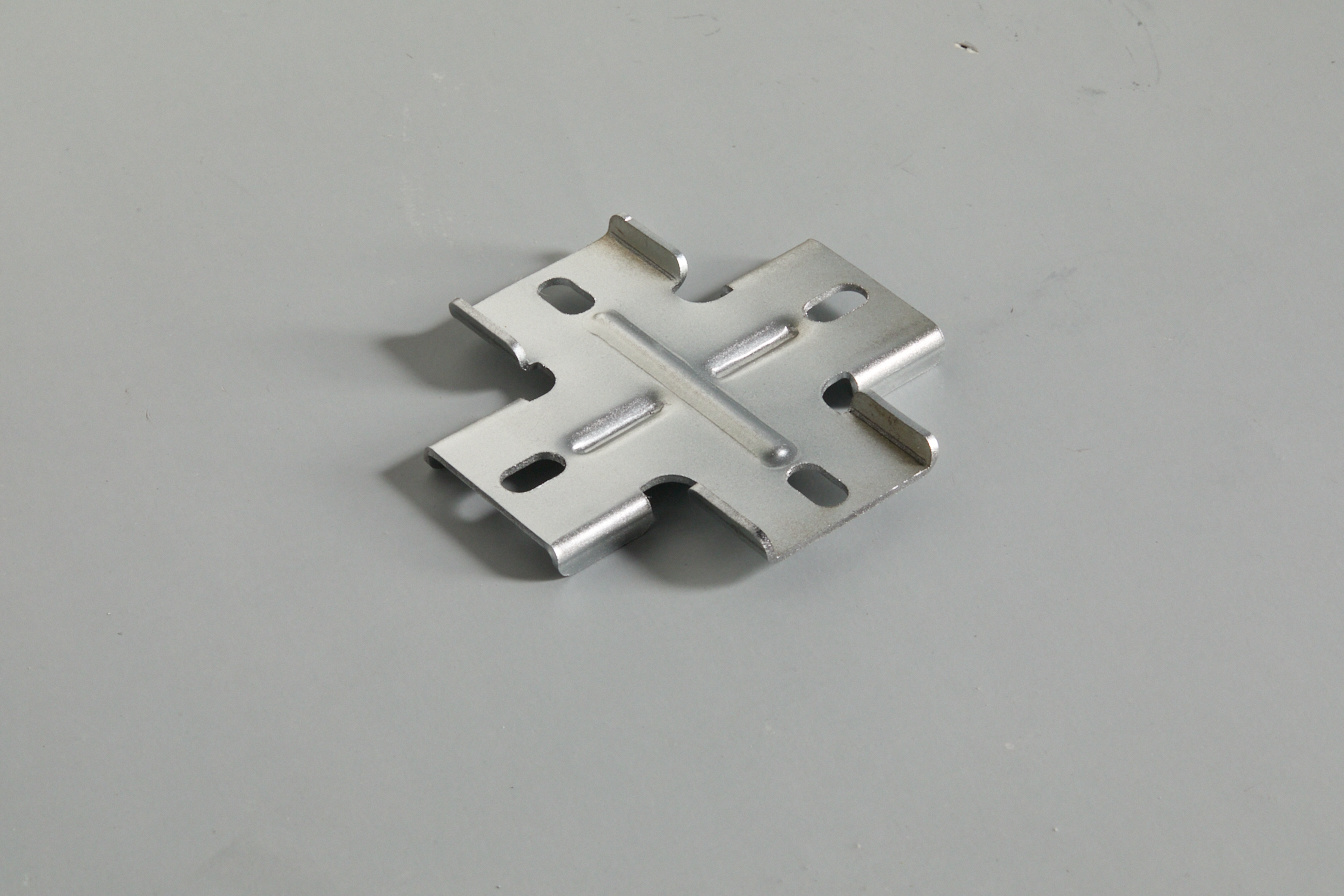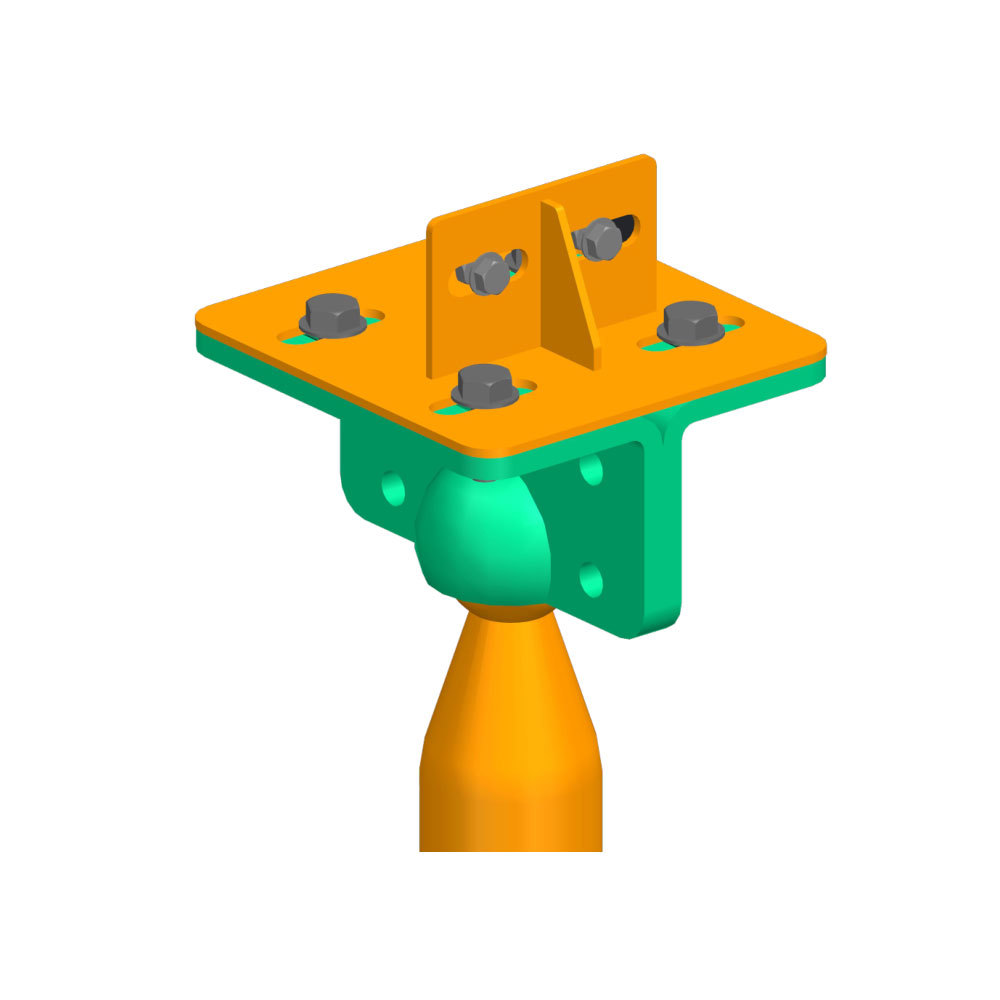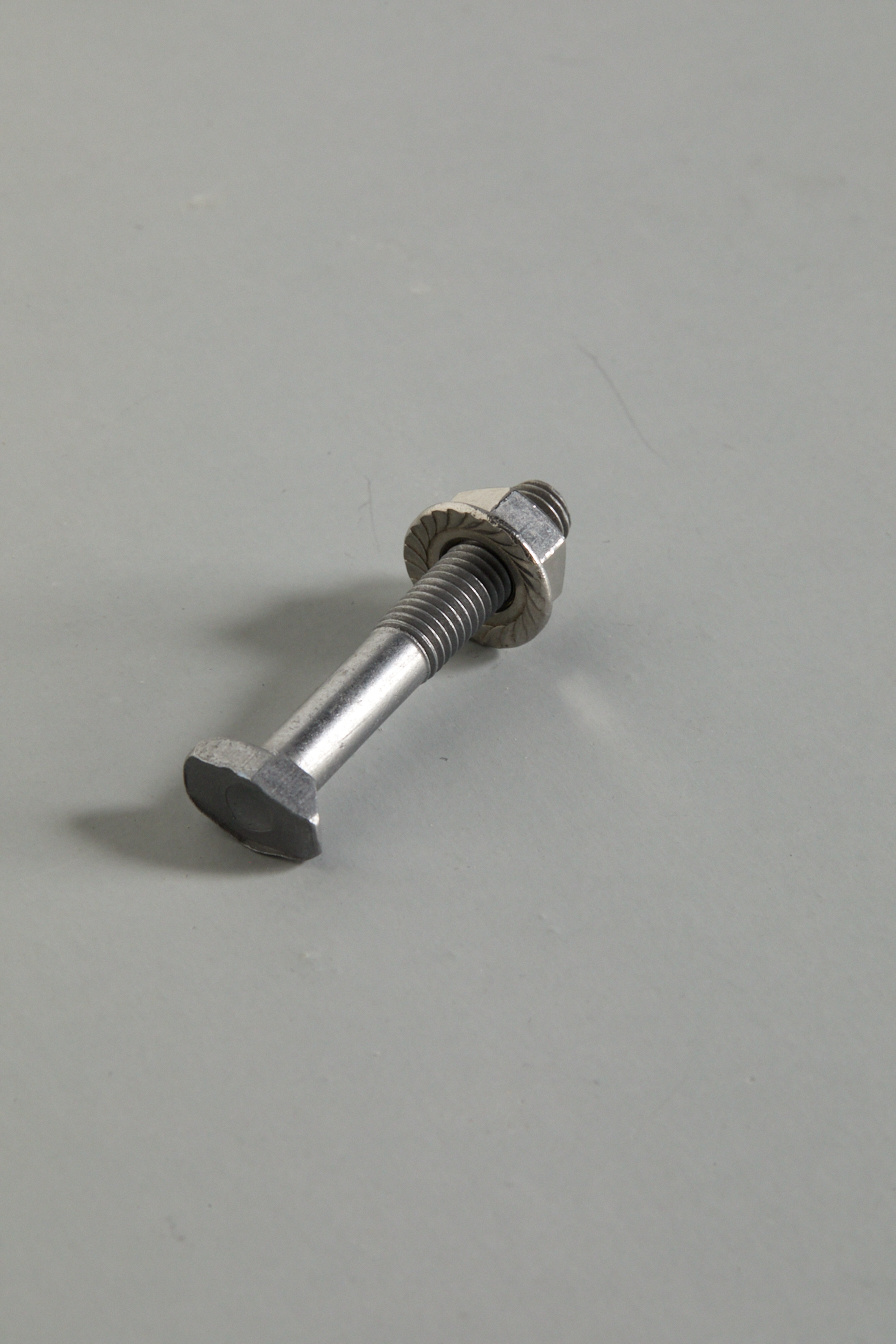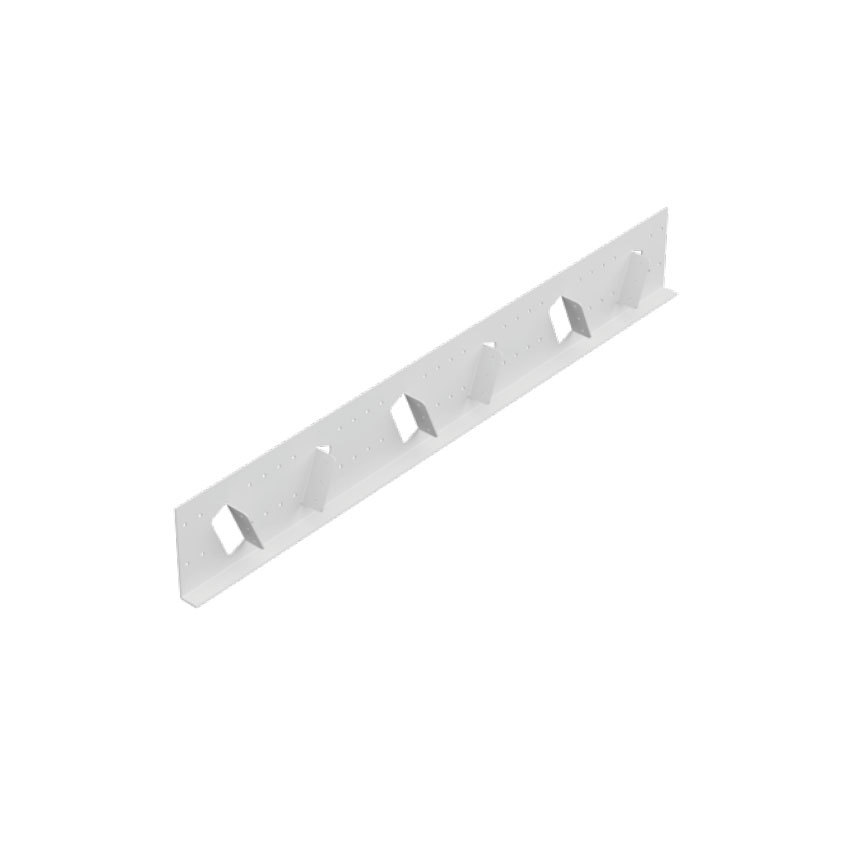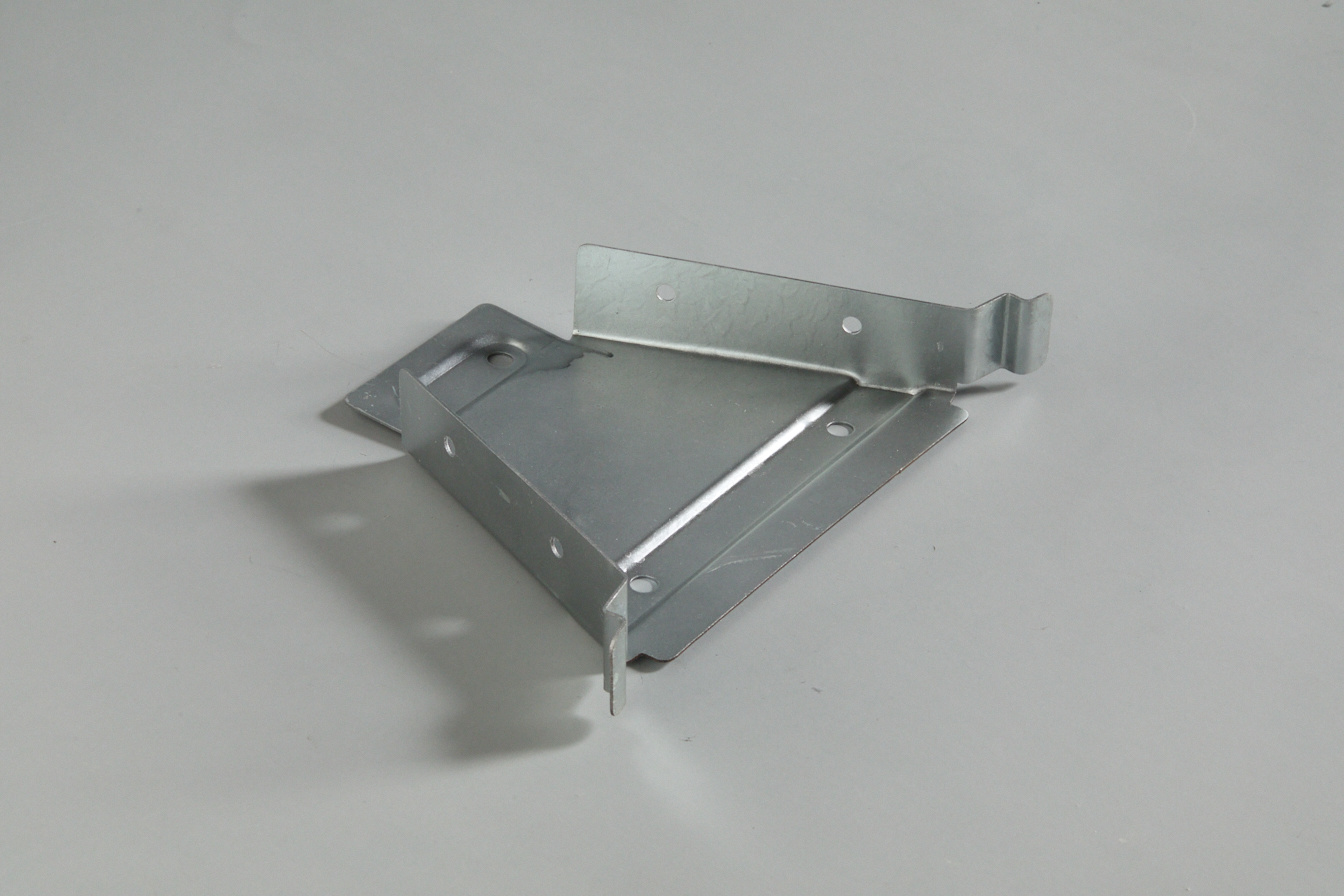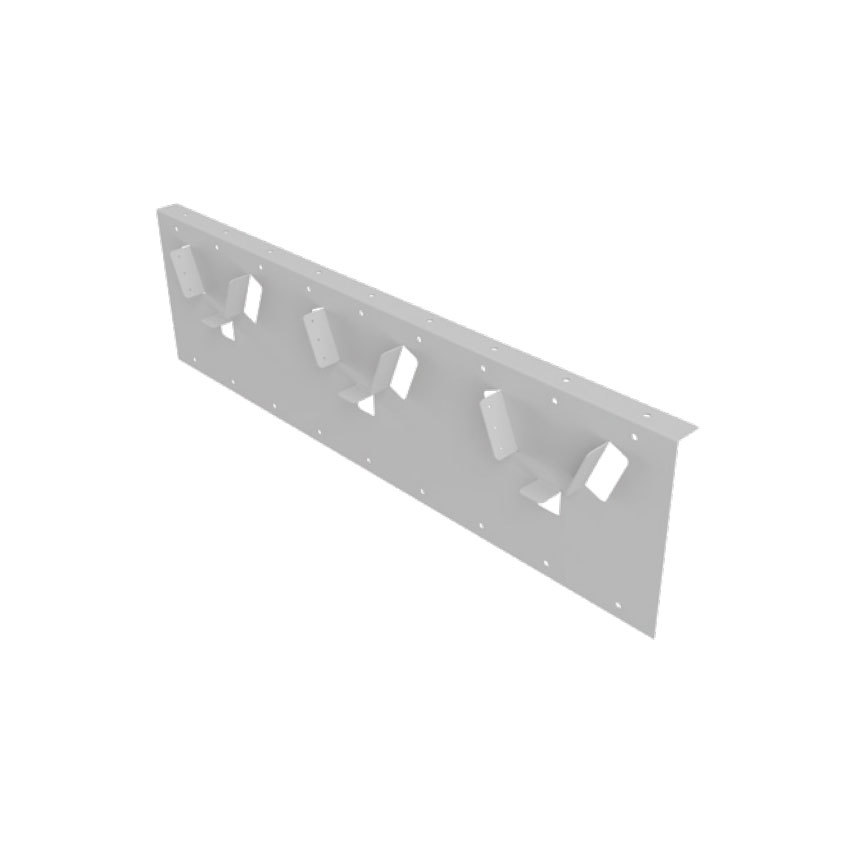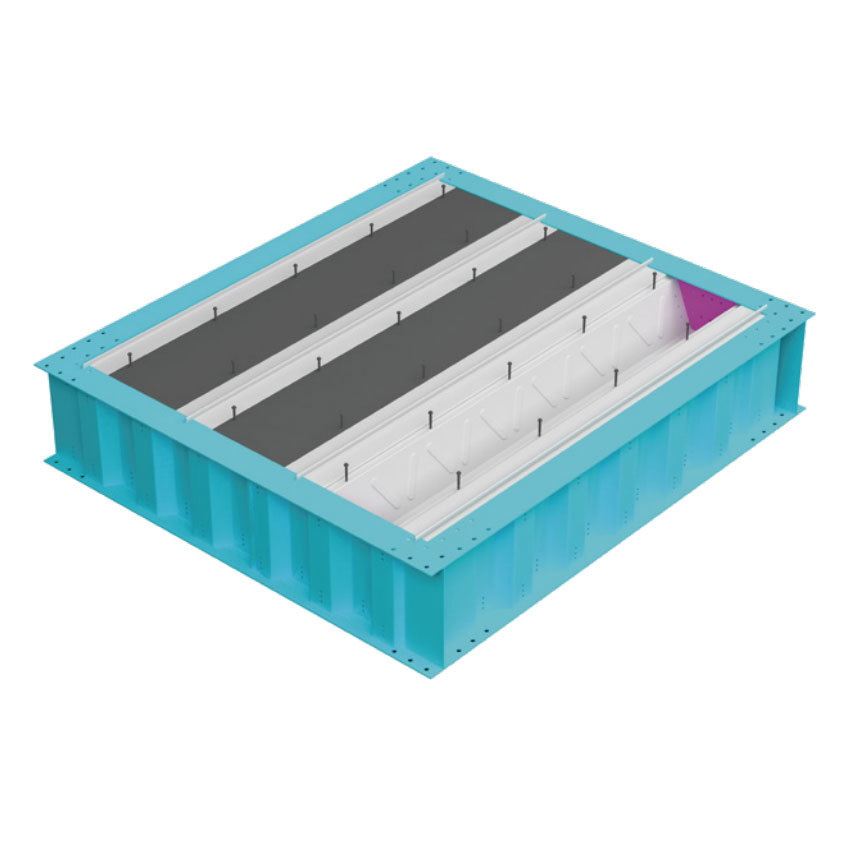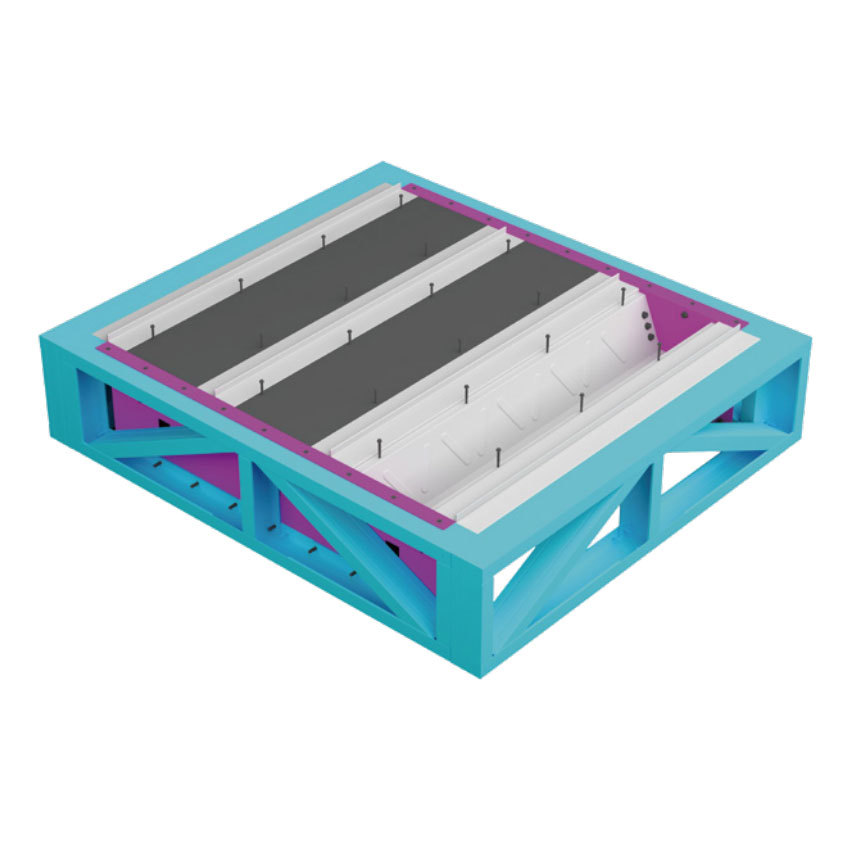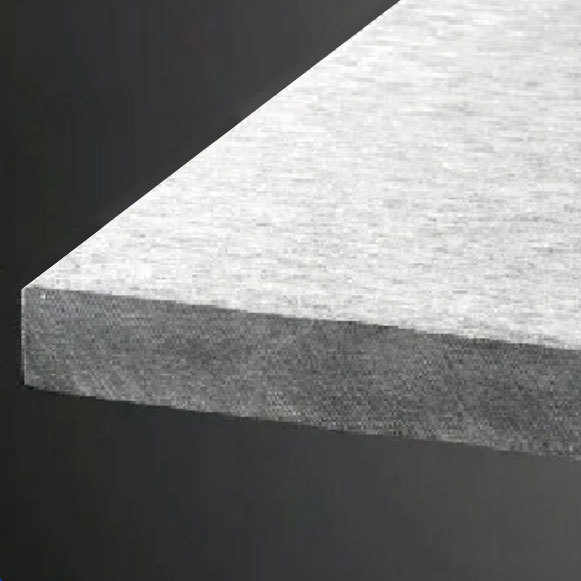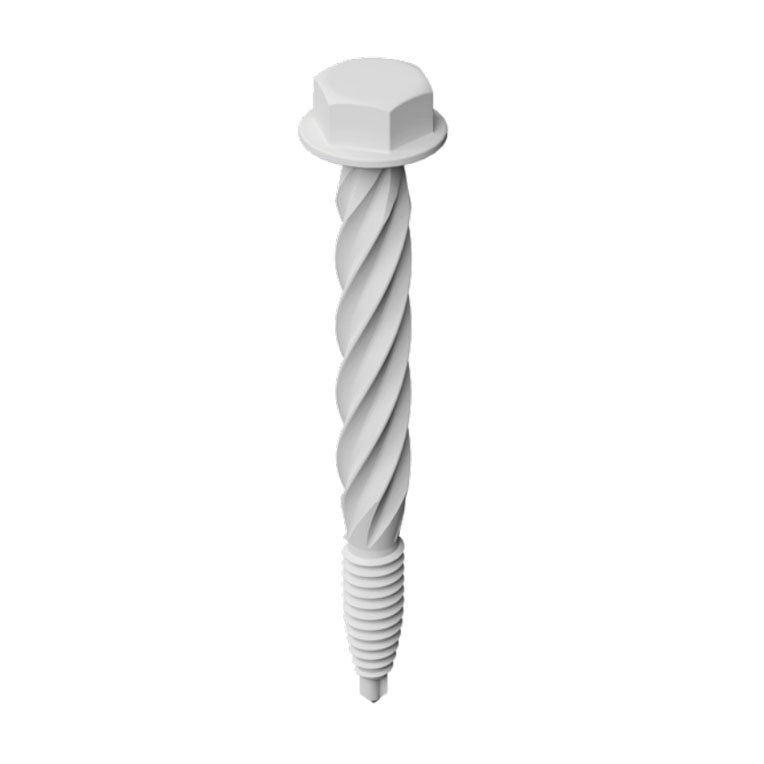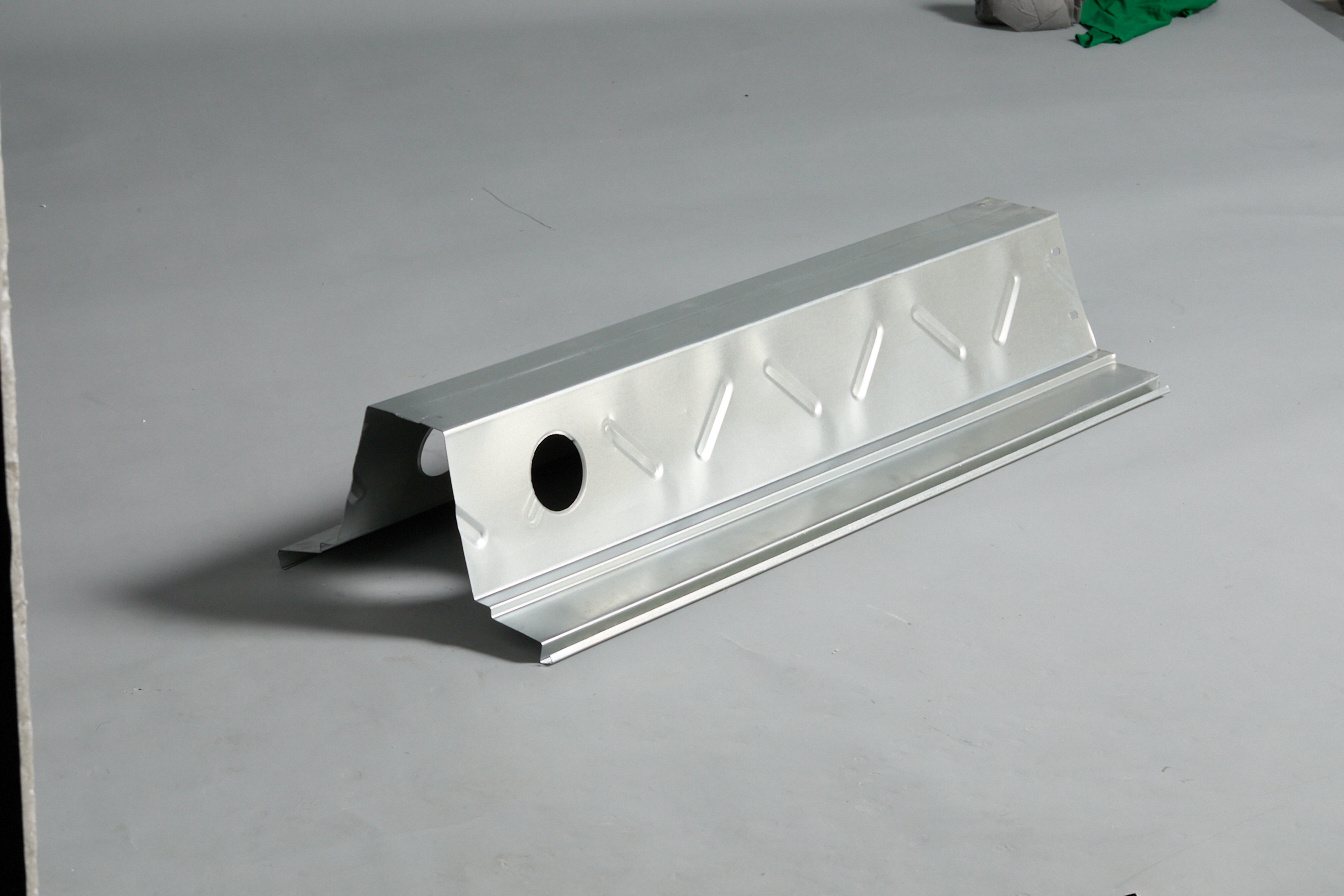Understanding Spiral Pile Connectors: Enhancing Structural Integrity in Construction
Release Time:
2025-02-16
Source:
Spiral pile connectors are essential components in modern construction, particularly in projects requiring deep foundation solutions. These connectors are designed to enhance the interaction between spiral piles and the structures they support, ensuring stability and reliability in various applications. Understanding their function and advantages can greatly benefit those involved in the construction and decorative materials industry.
The primary role of spiral pile connectors is to facilitate the connection between spiral piles and the superstructure above. Spiral piles are helix-shaped foundations that are drilled into the ground, making them ideal for a variety of soil conditions. Their unique design allows for efficient load-bearing capabilities, which is where spiral pile connectors come into play. By providing a robust interface, these connectors help distribute loads evenly, reducing the risk of structural failure and enhancing overall safety.
In addition to their structural benefits, spiral pile connectors offer several advantages that make them a preferred choice in construction projects. First, they are relatively easy to install, which can significantly reduce labor costs and project timelines. The installation process typically requires less excavation compared to traditional piling methods, minimizing disruption to the surrounding environment. This efficiency is particularly advantageous in urban settings where space is limited, and construction must adhere to strict regulations.
Moreover, spiral pile connectors are highly adaptable. They can be used in various applications, including residential, commercial, and industrial projects. This versatility makes them suitable for a range of structures, from small homes to large commercial buildings and bridges. Additionally, these connectors are resistant to corrosion and environmental degradation, ensuring a longer lifespan for the foundation system they support.
Another important aspect to consider is the performance of spiral pile connectors in challenging conditions. In areas prone to seismic activity or high wind loads, the ability of these connectors to provide stability is crucial. They enhance the overall resilience of the structure, allowing it to withstand external forces without compromising safety.
Ultimately, the use of spiral pile connectors in construction not only improves the integrity of the foundation but also contributes to the sustainability and efficiency of the building process. By investing in high-quality connectors and understanding their benefits, construction professionals can enhance the longevity and safety of their projects, while also adhering to modern building standards.
In conclusion, spiral pile connectors play a vital role in the construction industry, offering numerous benefits that enhance structural integrity and project efficiency. Their ease of installation, adaptability, and durability make them an excellent choice for a variety of construction applications. Understanding their significance is key for professionals looking to optimize their building practices and ensure the safety of their structures.
The primary role of spiral pile connectors is to facilitate the connection between spiral piles and the superstructure above. Spiral piles are helix-shaped foundations that are drilled into the ground, making them ideal for a variety of soil conditions. Their unique design allows for efficient load-bearing capabilities, which is where spiral pile connectors come into play. By providing a robust interface, these connectors help distribute loads evenly, reducing the risk of structural failure and enhancing overall safety.
In addition to their structural benefits, spiral pile connectors offer several advantages that make them a preferred choice in construction projects. First, they are relatively easy to install, which can significantly reduce labor costs and project timelines. The installation process typically requires less excavation compared to traditional piling methods, minimizing disruption to the surrounding environment. This efficiency is particularly advantageous in urban settings where space is limited, and construction must adhere to strict regulations.
Moreover, spiral pile connectors are highly adaptable. They can be used in various applications, including residential, commercial, and industrial projects. This versatility makes them suitable for a range of structures, from small homes to large commercial buildings and bridges. Additionally, these connectors are resistant to corrosion and environmental degradation, ensuring a longer lifespan for the foundation system they support.
Another important aspect to consider is the performance of spiral pile connectors in challenging conditions. In areas prone to seismic activity or high wind loads, the ability of these connectors to provide stability is crucial. They enhance the overall resilience of the structure, allowing it to withstand external forces without compromising safety.
Ultimately, the use of spiral pile connectors in construction not only improves the integrity of the foundation but also contributes to the sustainability and efficiency of the building process. By investing in high-quality connectors and understanding their benefits, construction professionals can enhance the longevity and safety of their projects, while also adhering to modern building standards.
In conclusion, spiral pile connectors play a vital role in the construction industry, offering numerous benefits that enhance structural integrity and project efficiency. Their ease of installation, adaptability, and durability make them an excellent choice for a variety of construction applications. Understanding their significance is key for professionals looking to optimize their building practices and ensure the safety of their structures.
Related Information

HaoHeng Group
Address: Room 1808, Block A, Vanke Cloud City, Jiemei District, Xiamen City, Fujian Province
Business cooperation:
Business License
Copyright © HaoHeng (FuJian) Building Materials Technology Co, Ltd. All rights reserved































